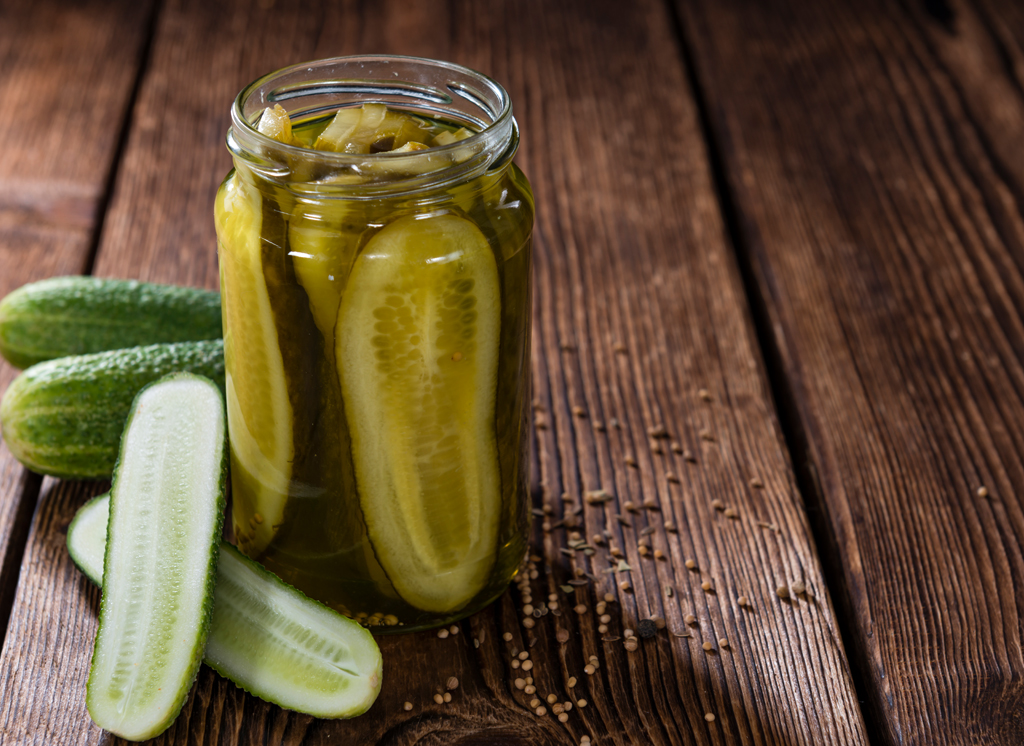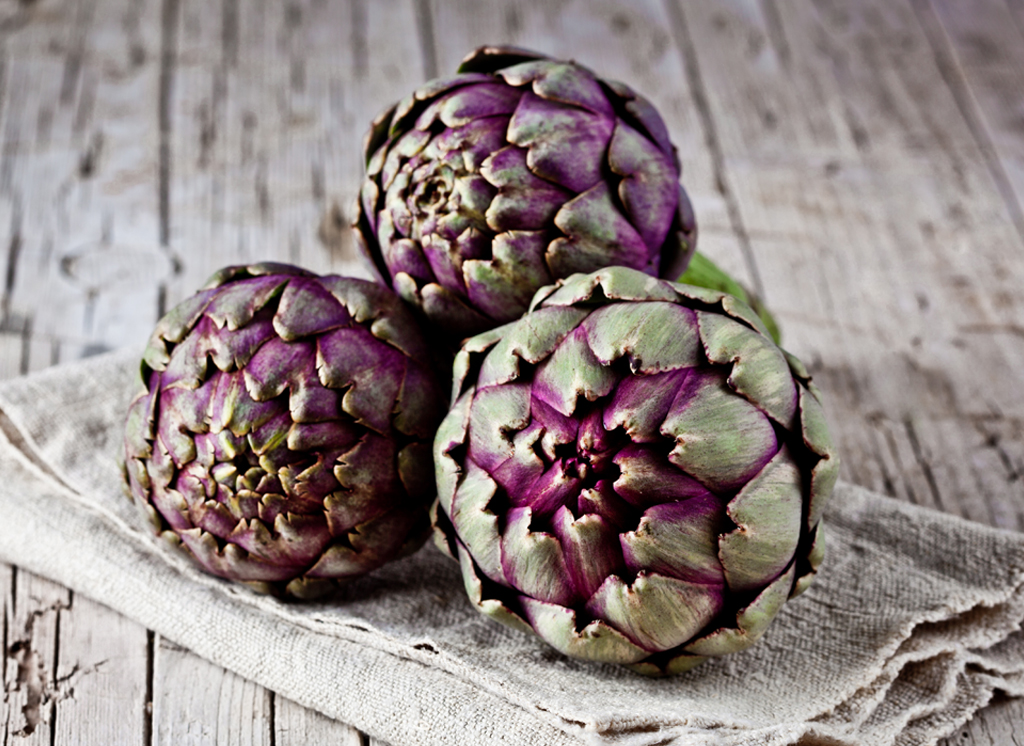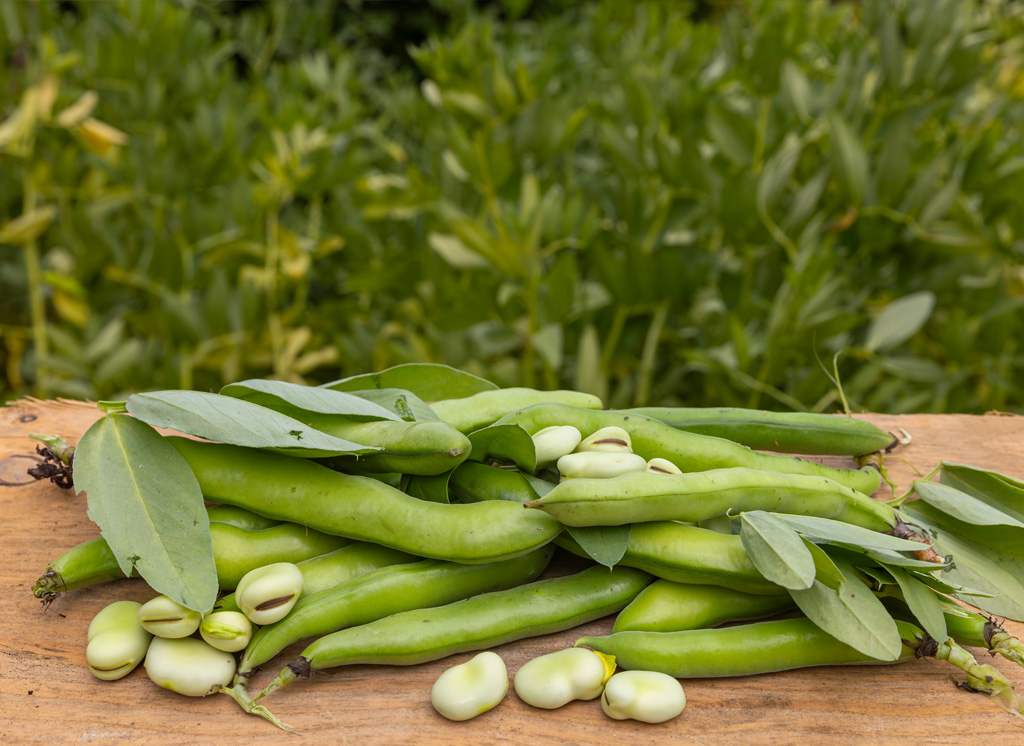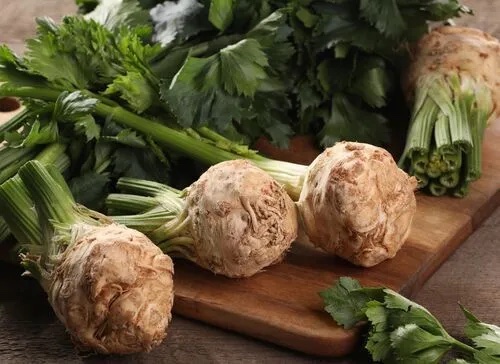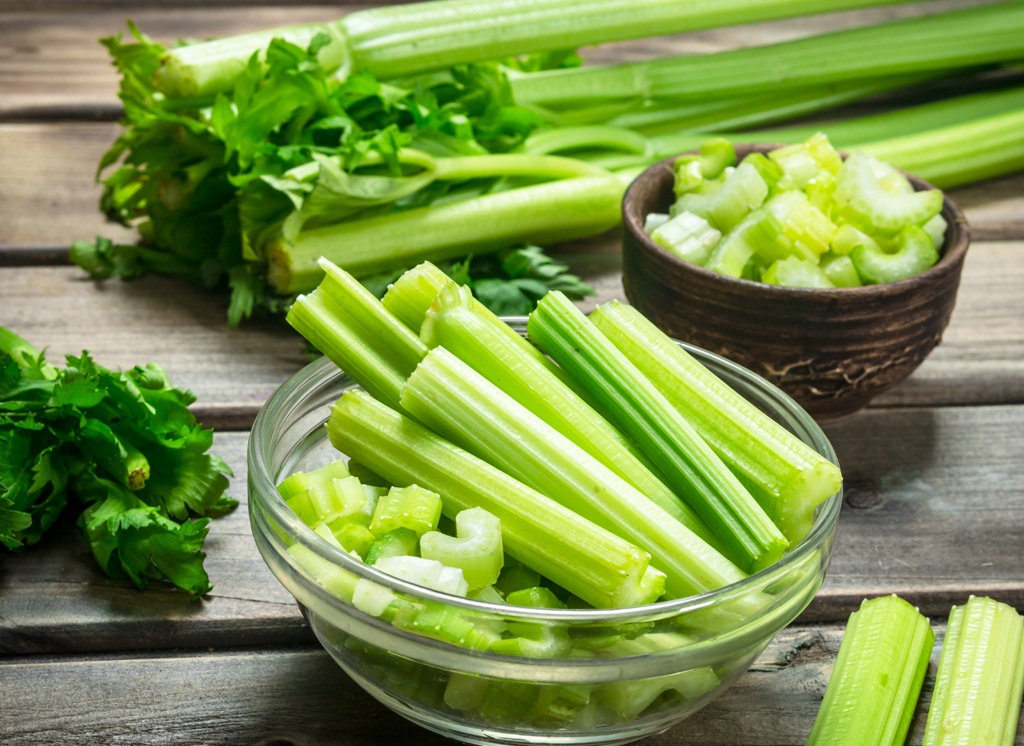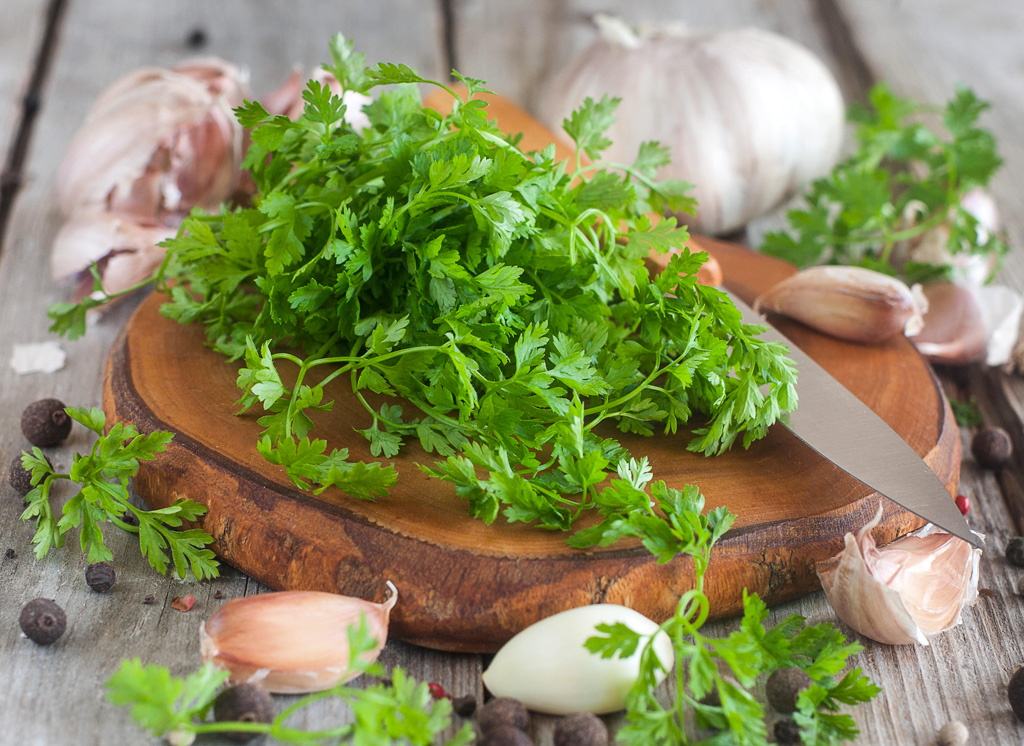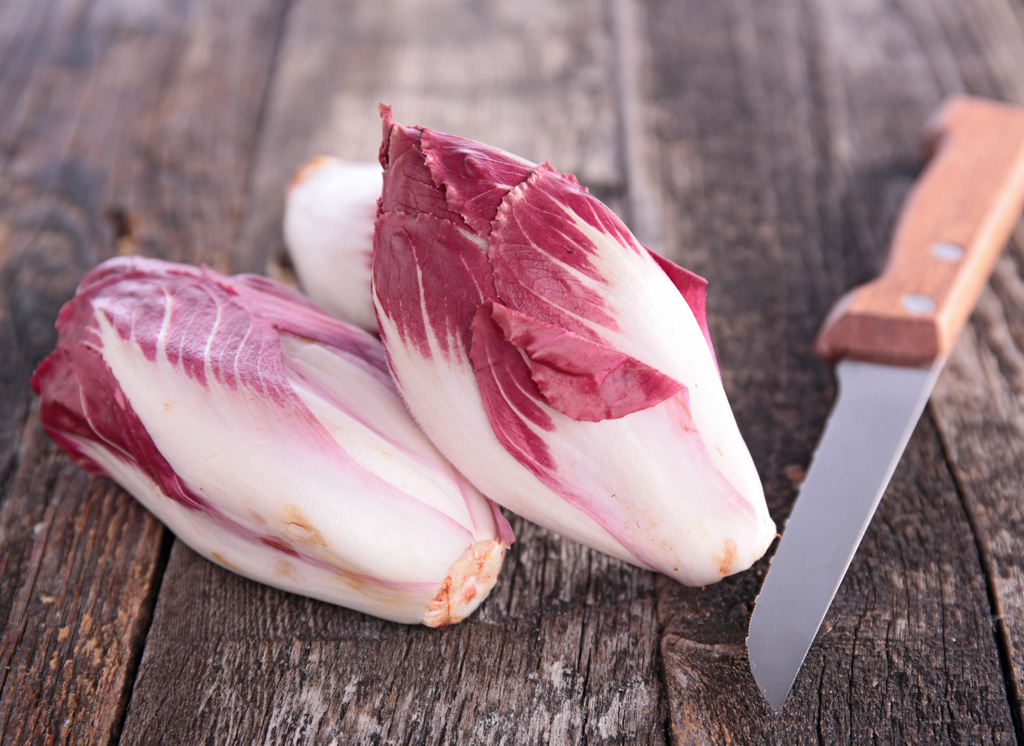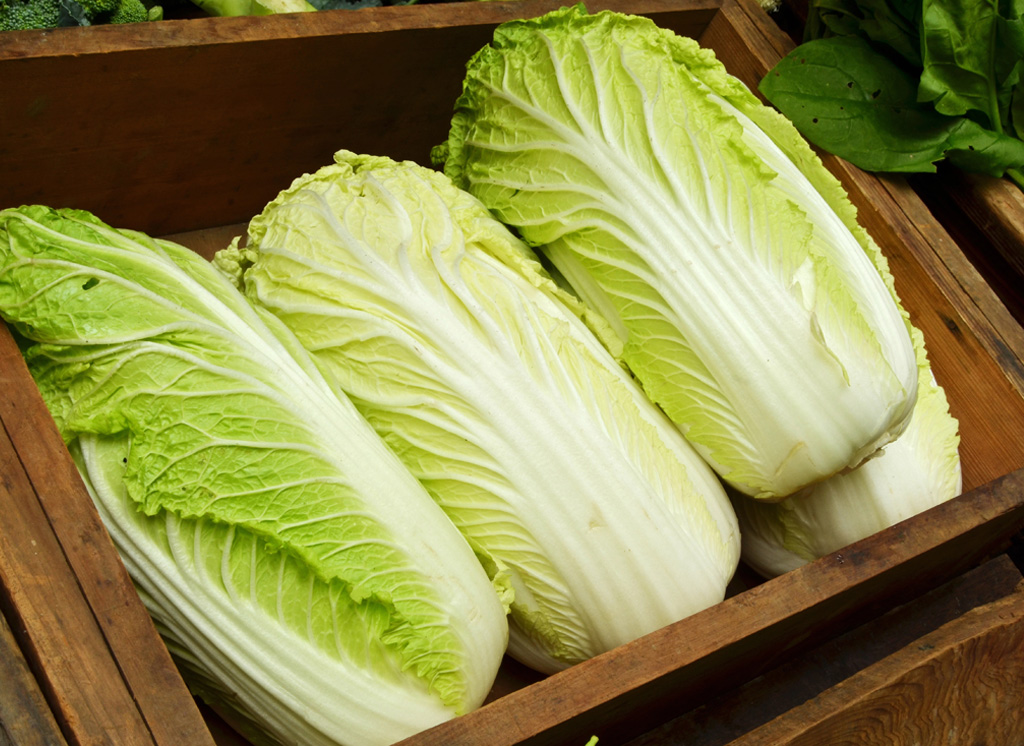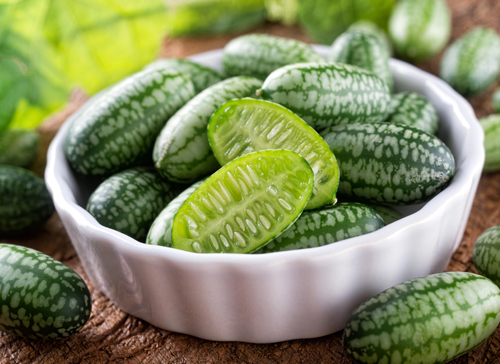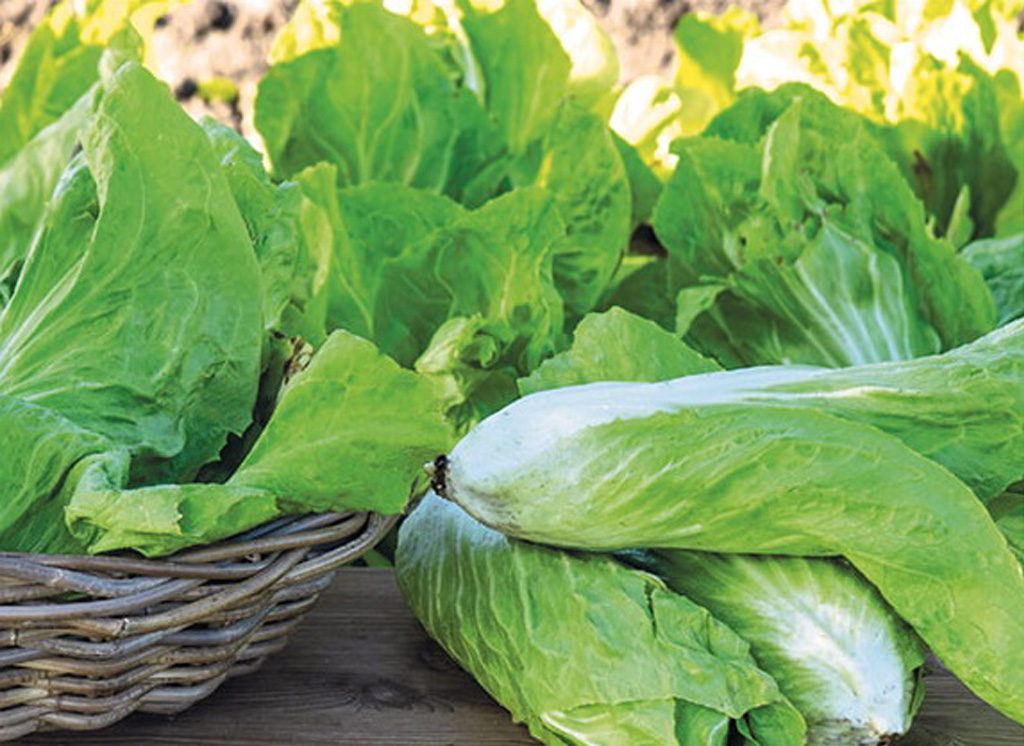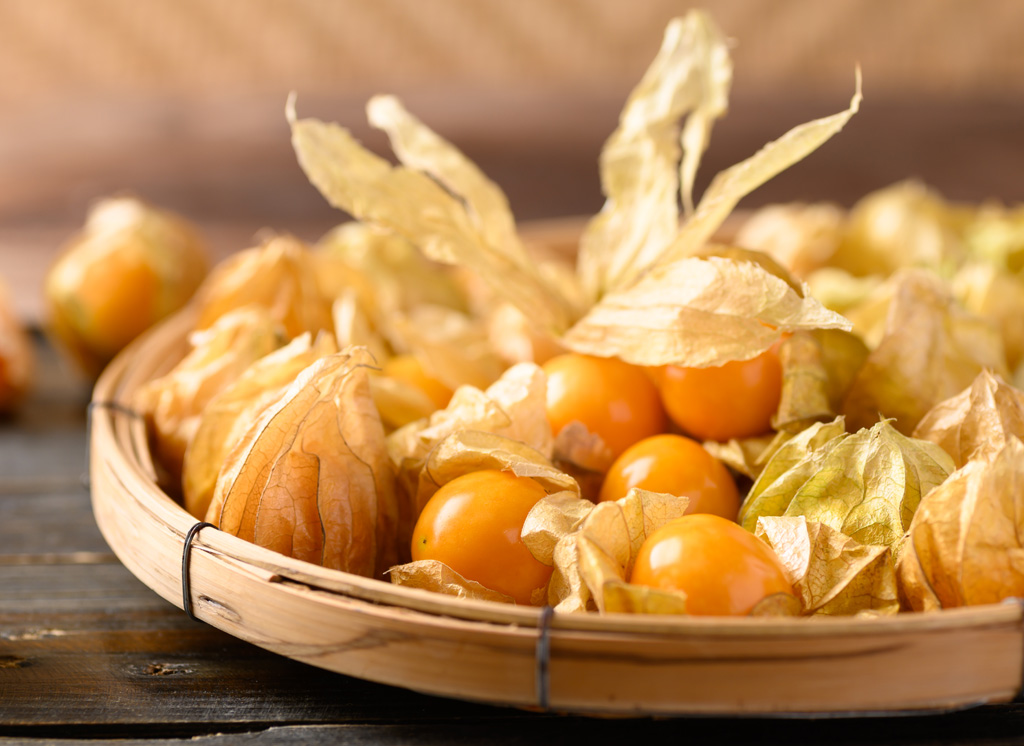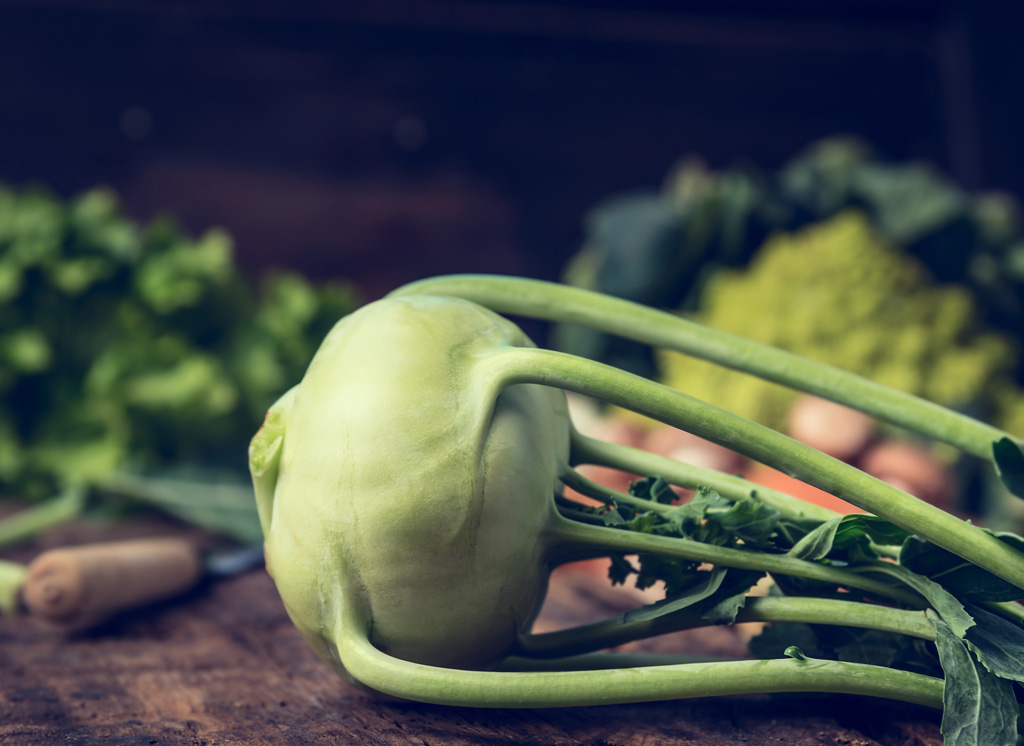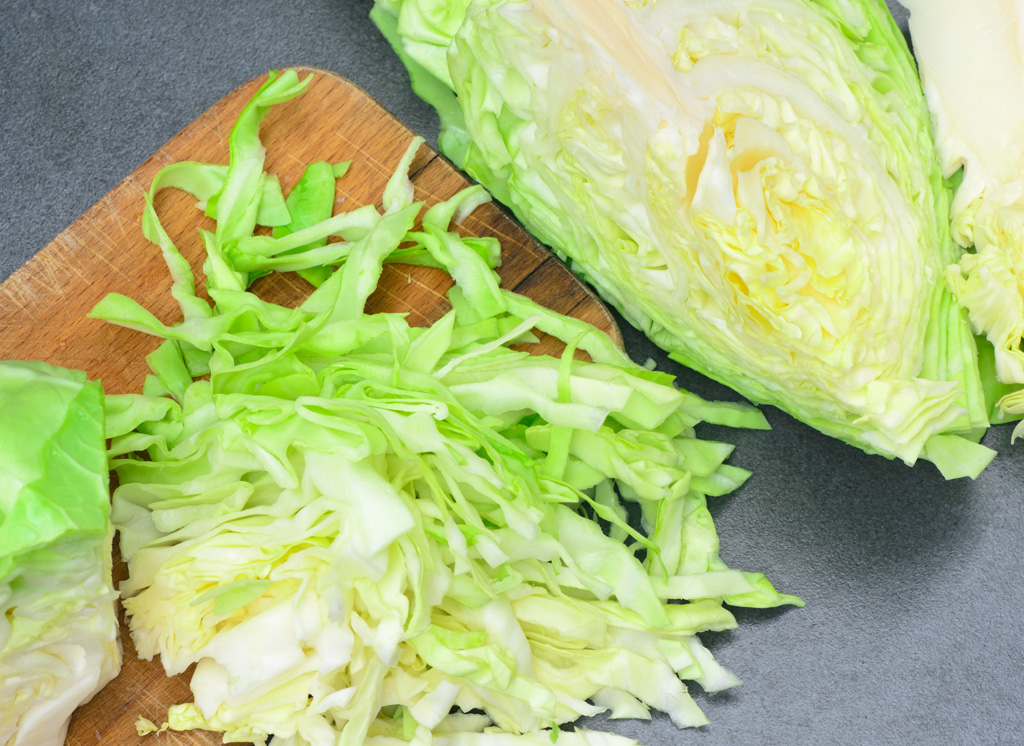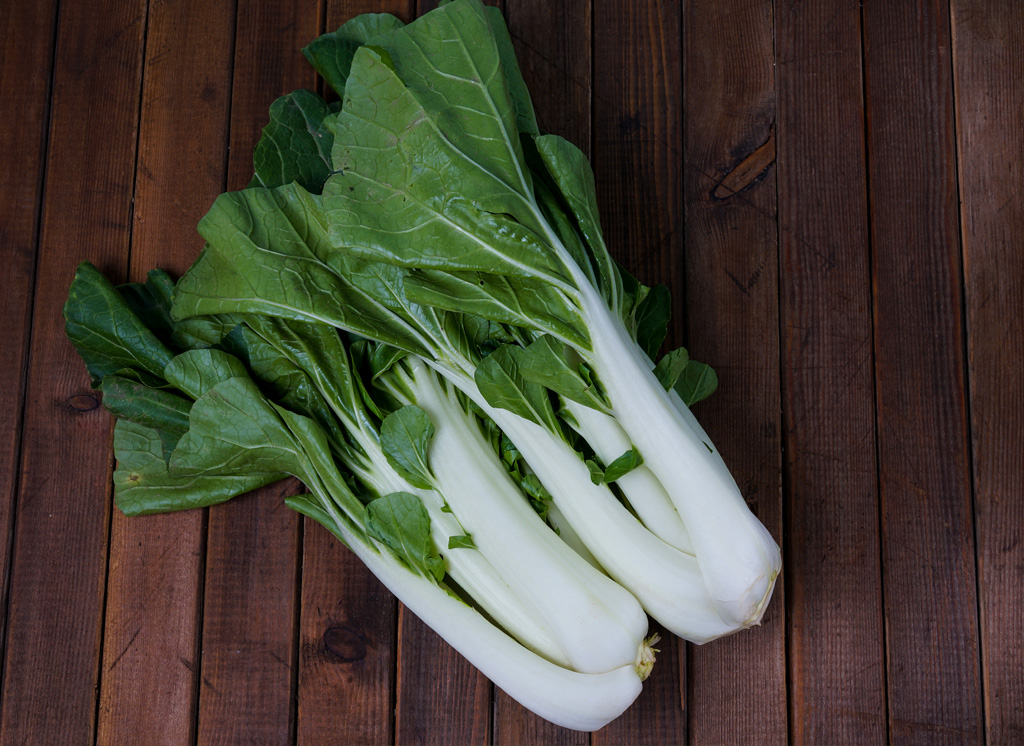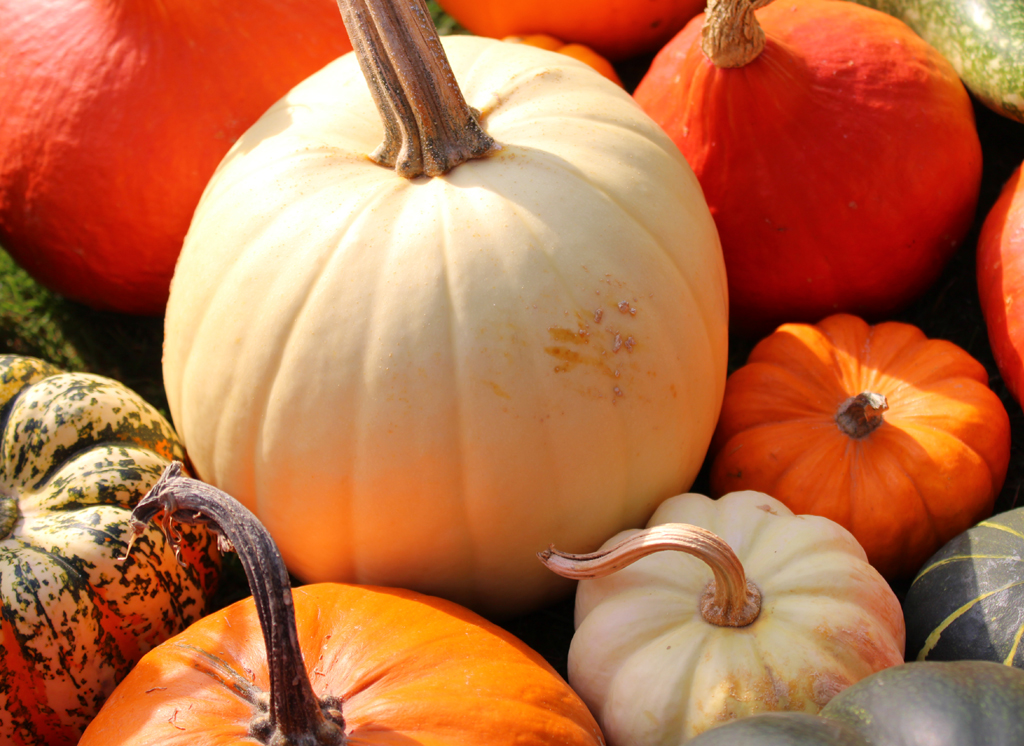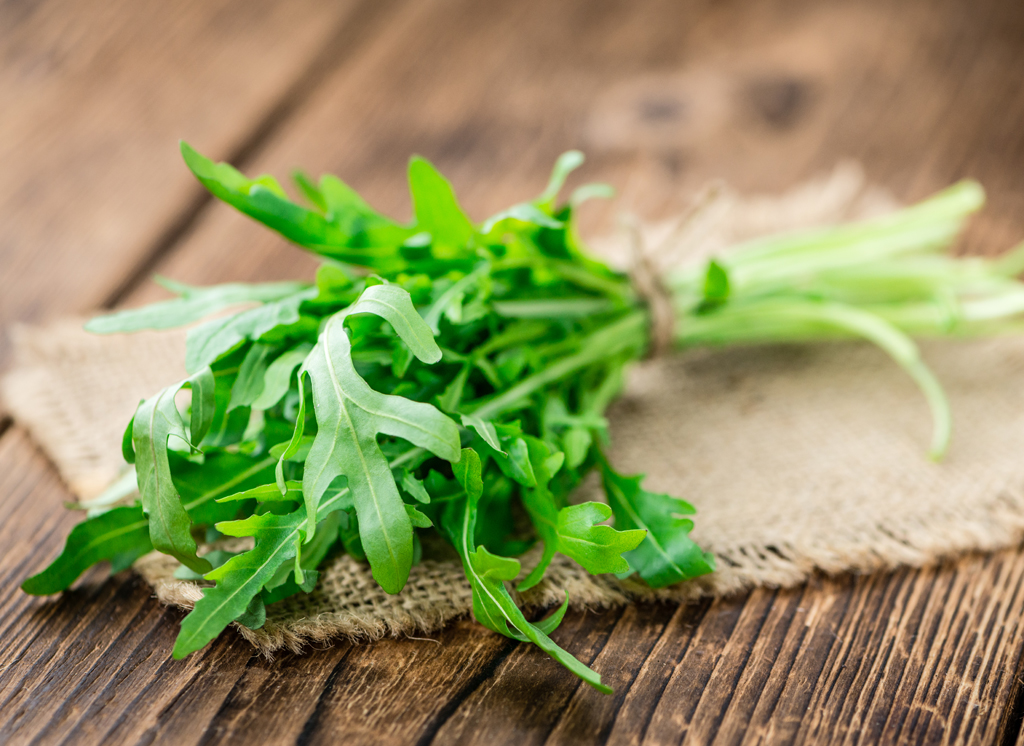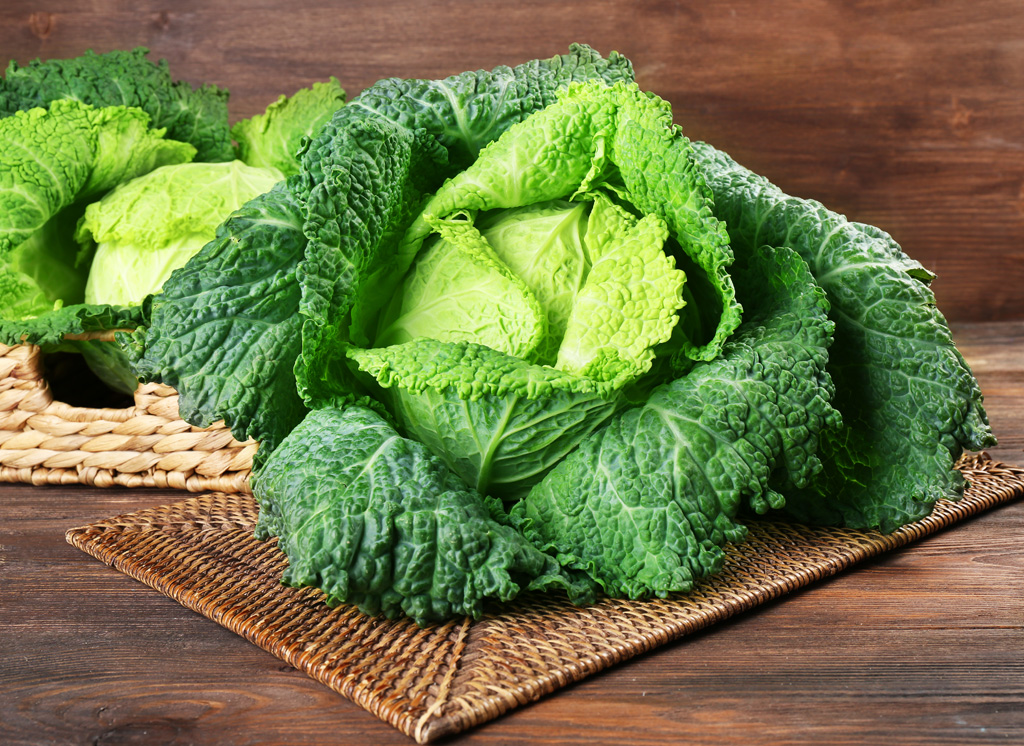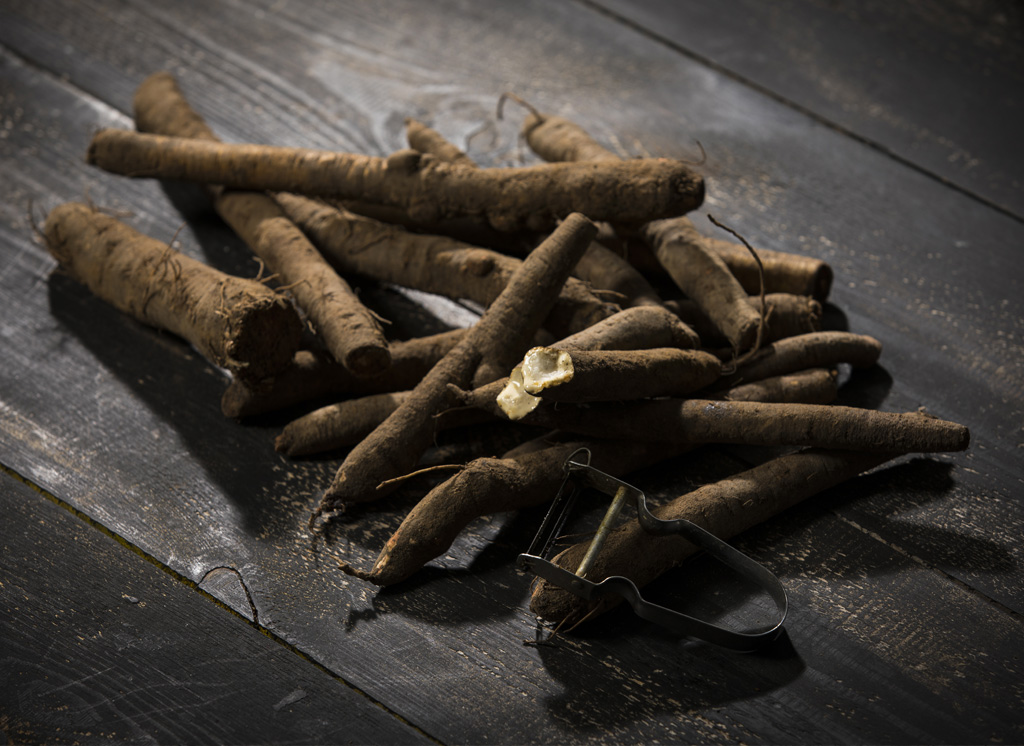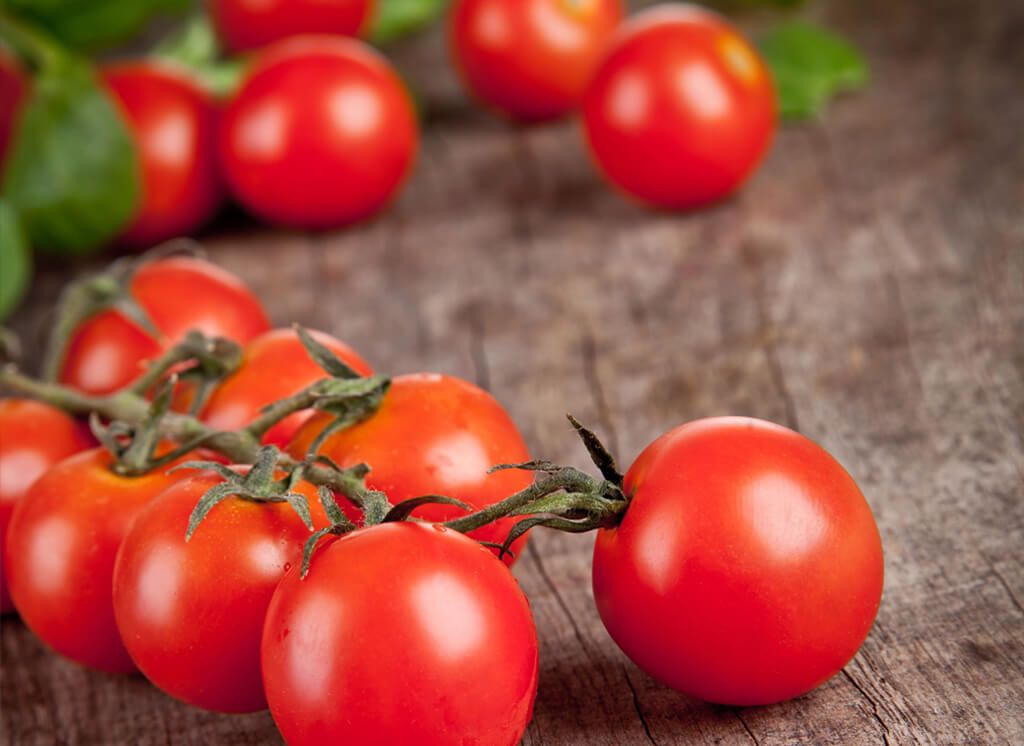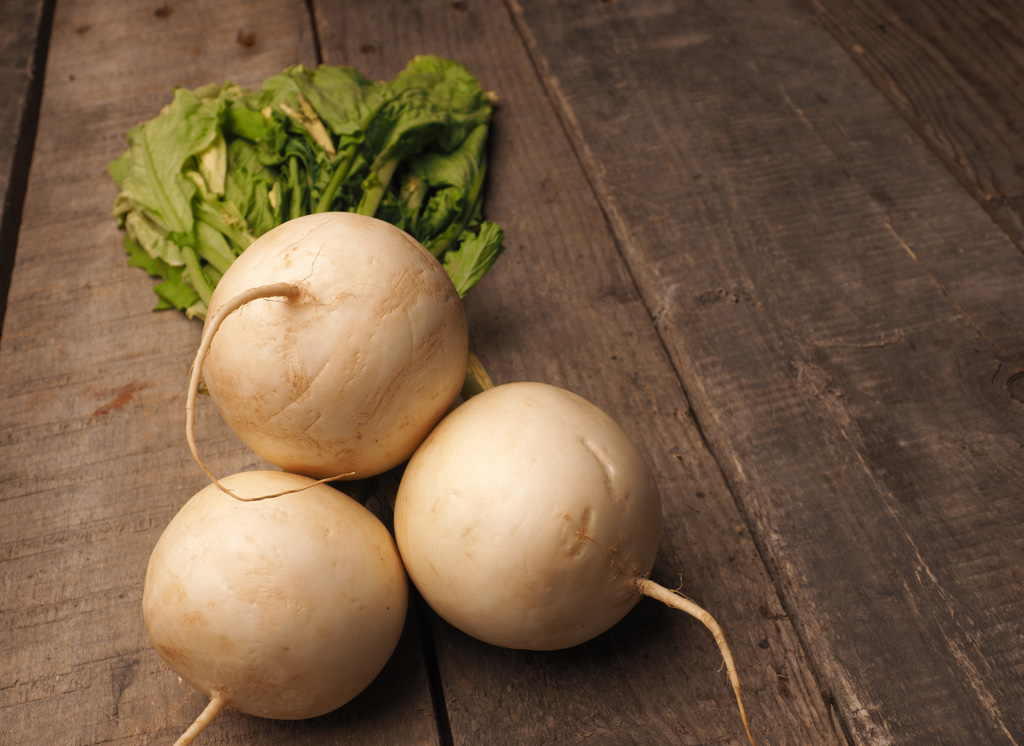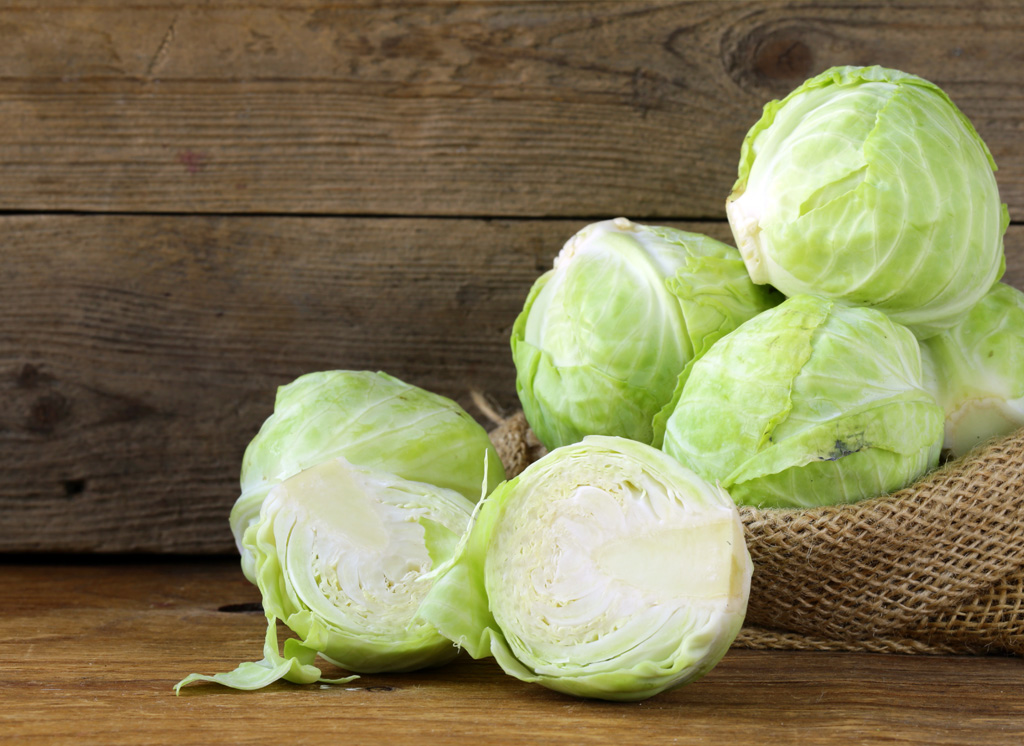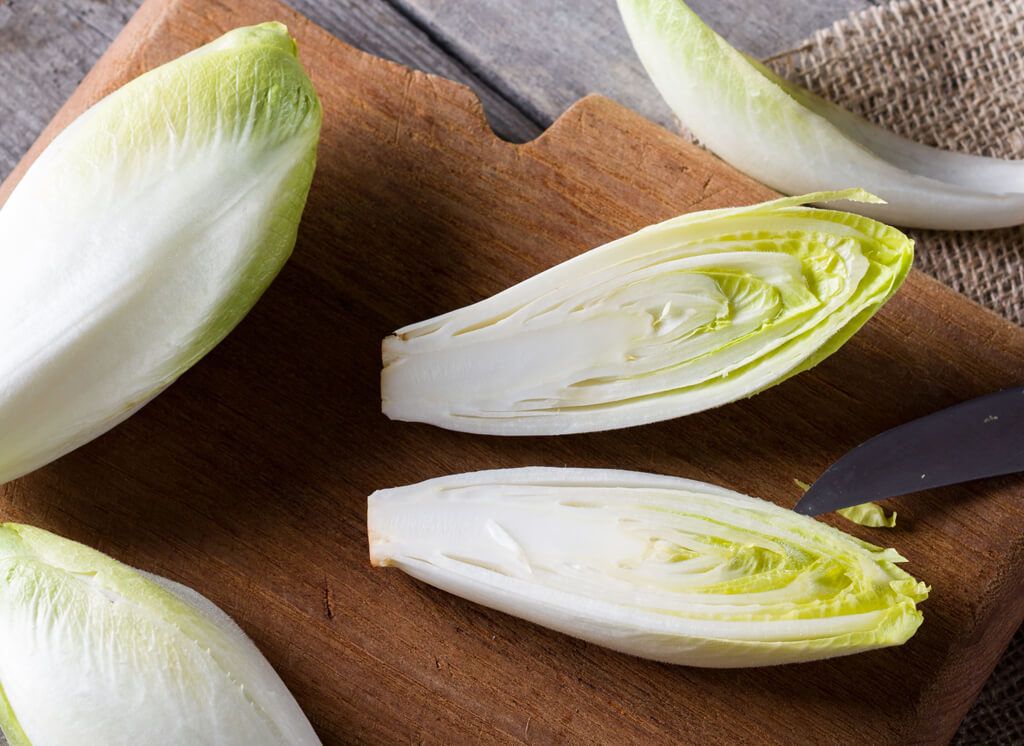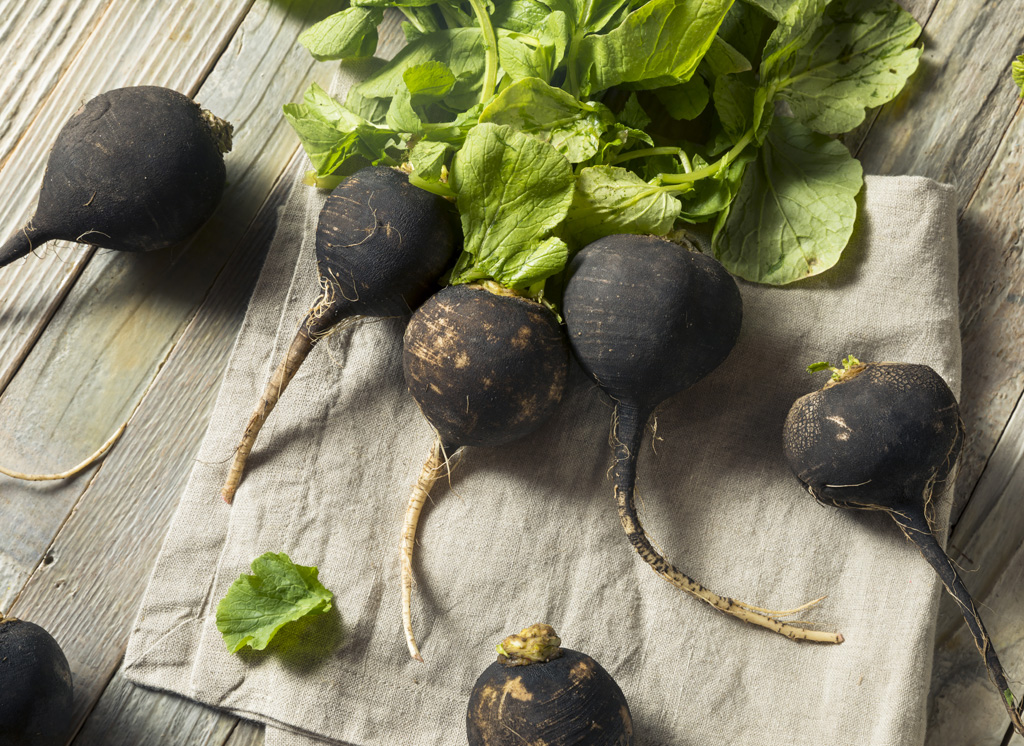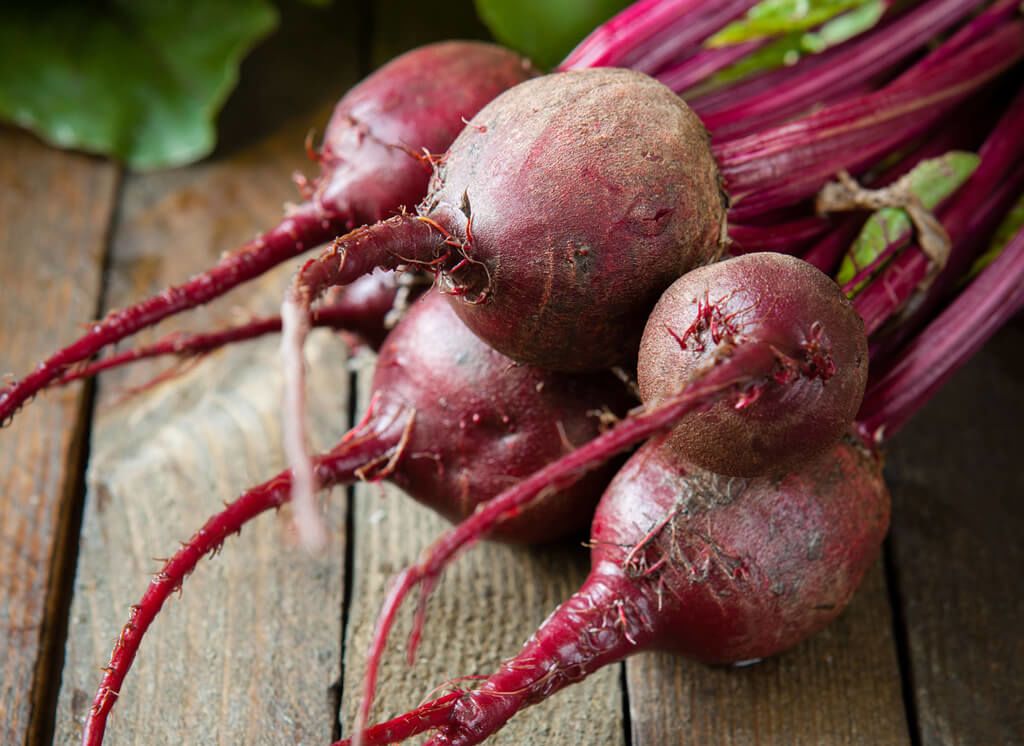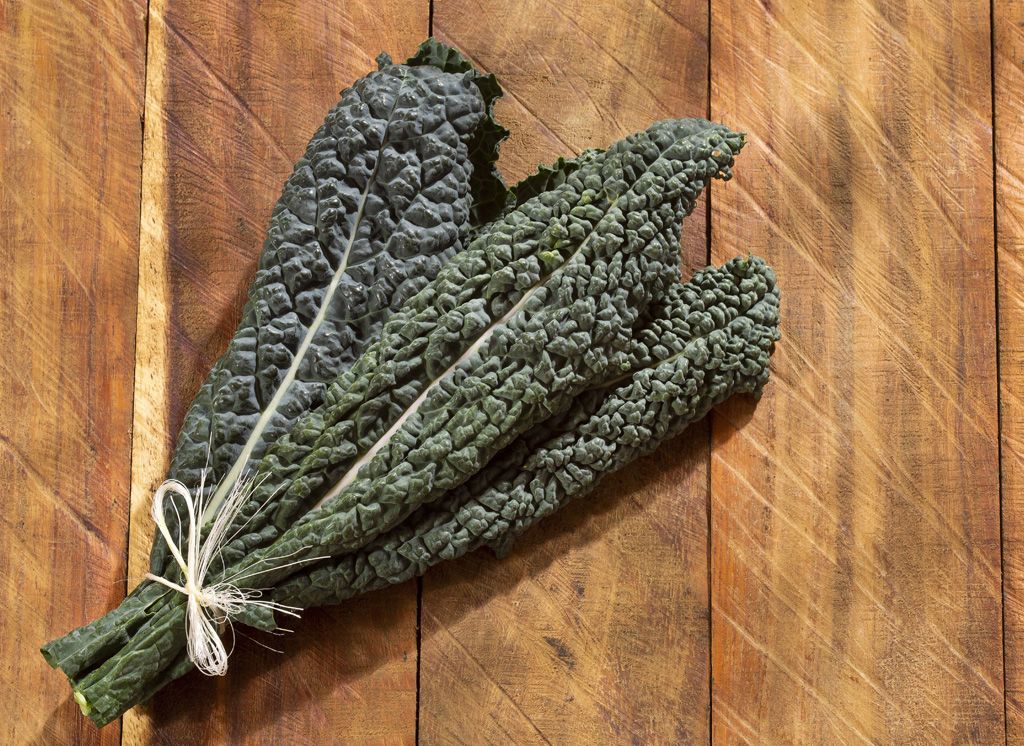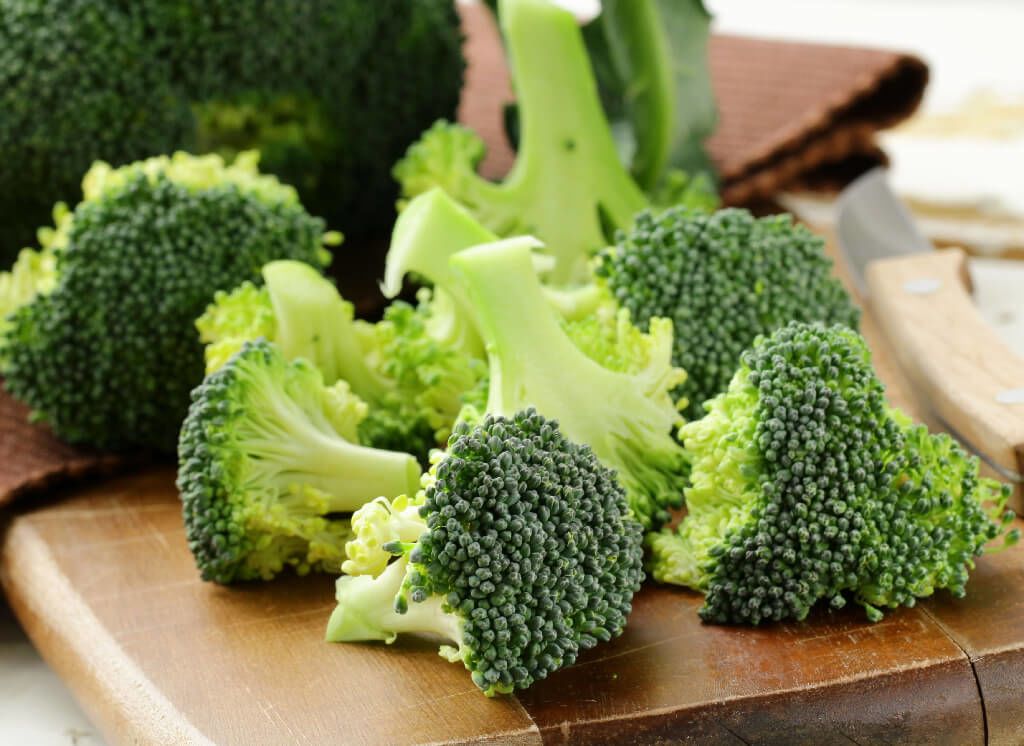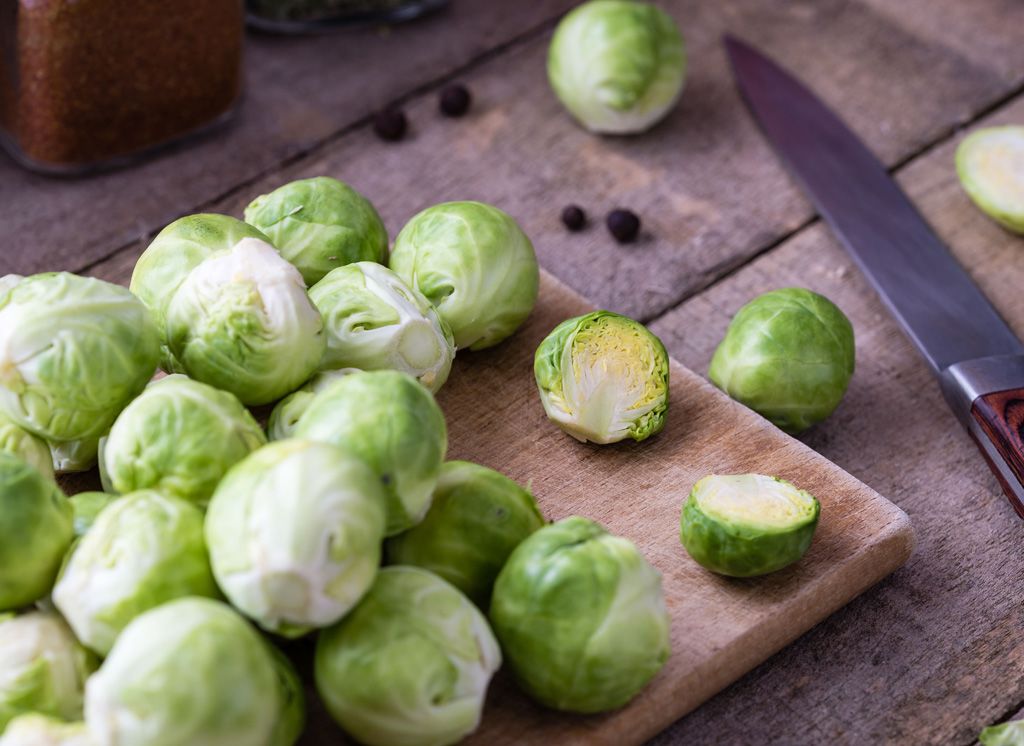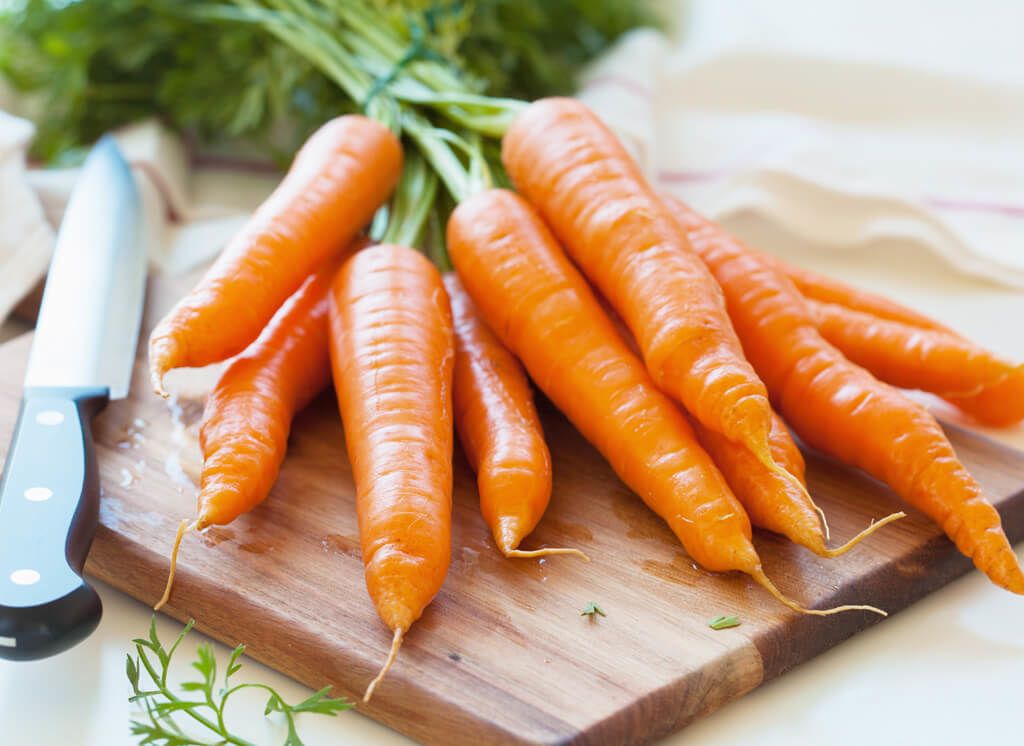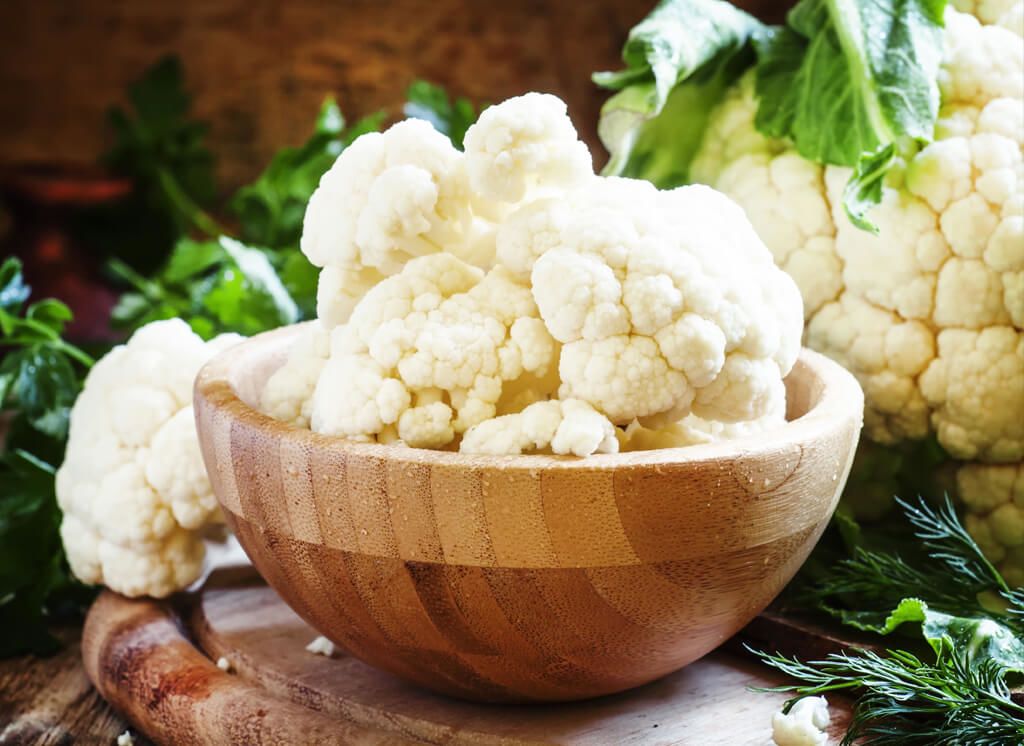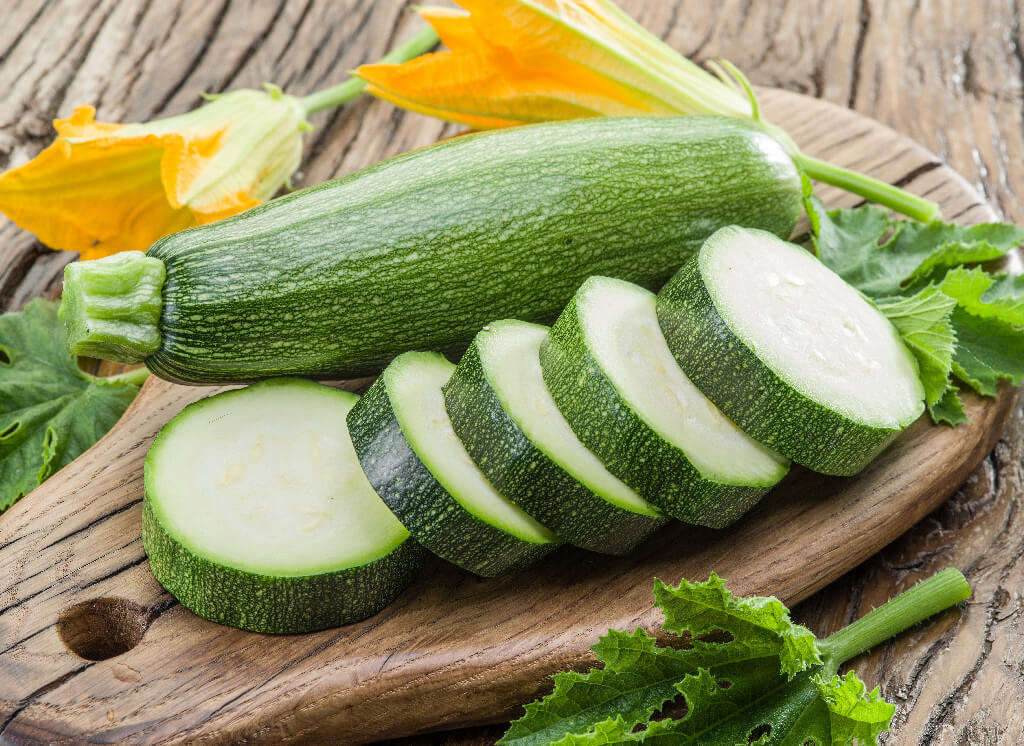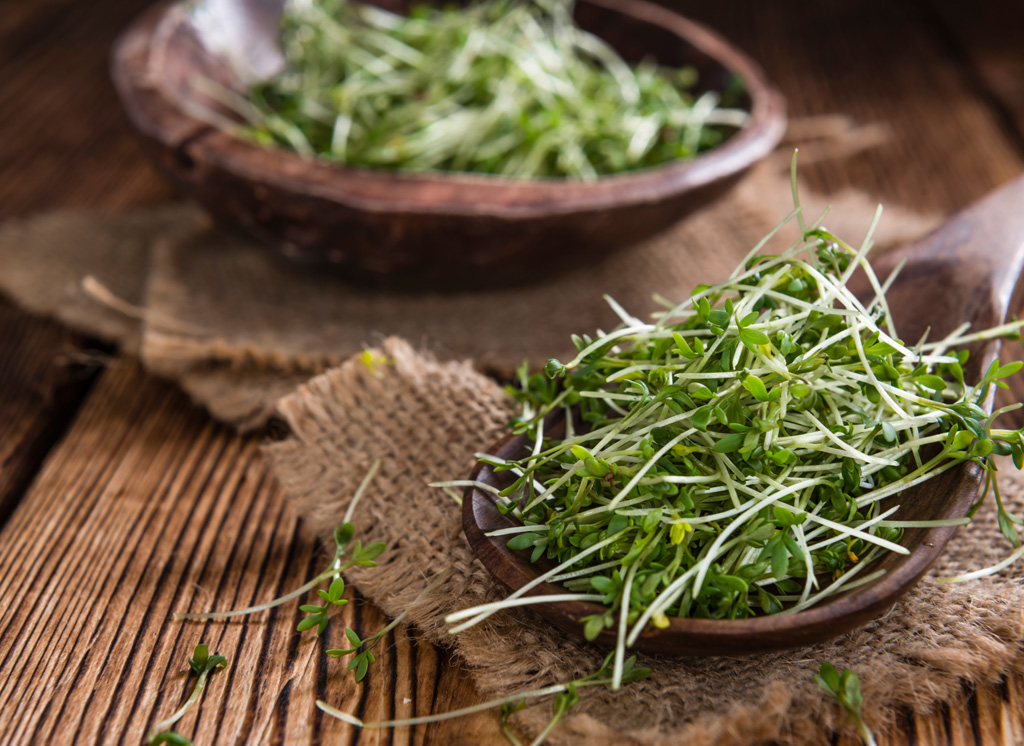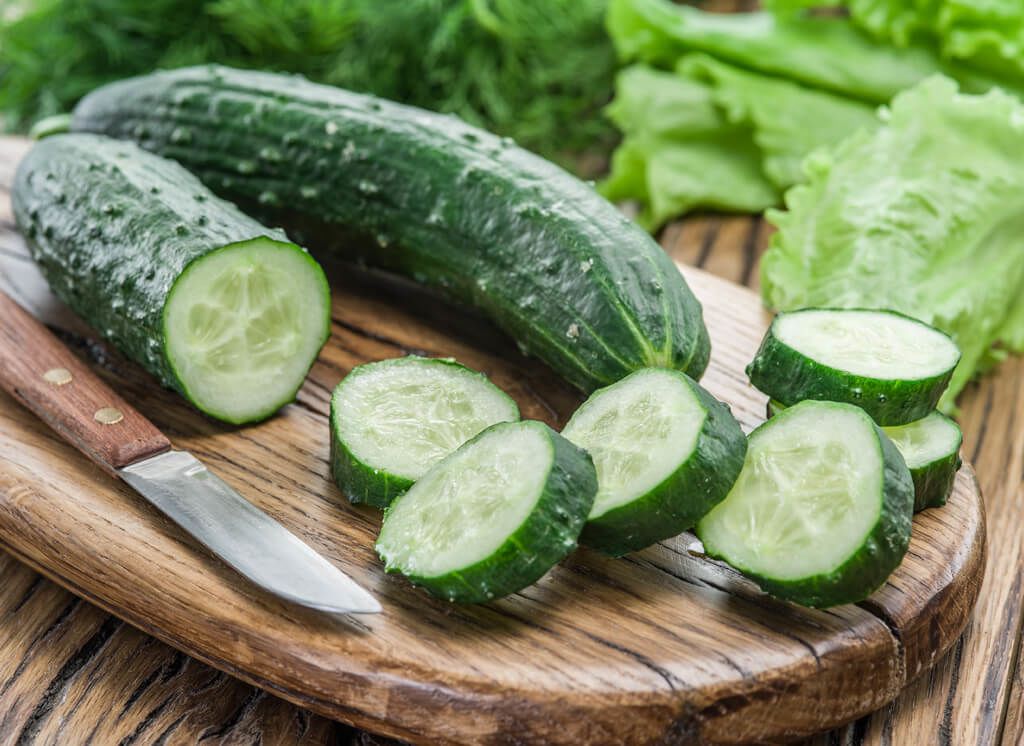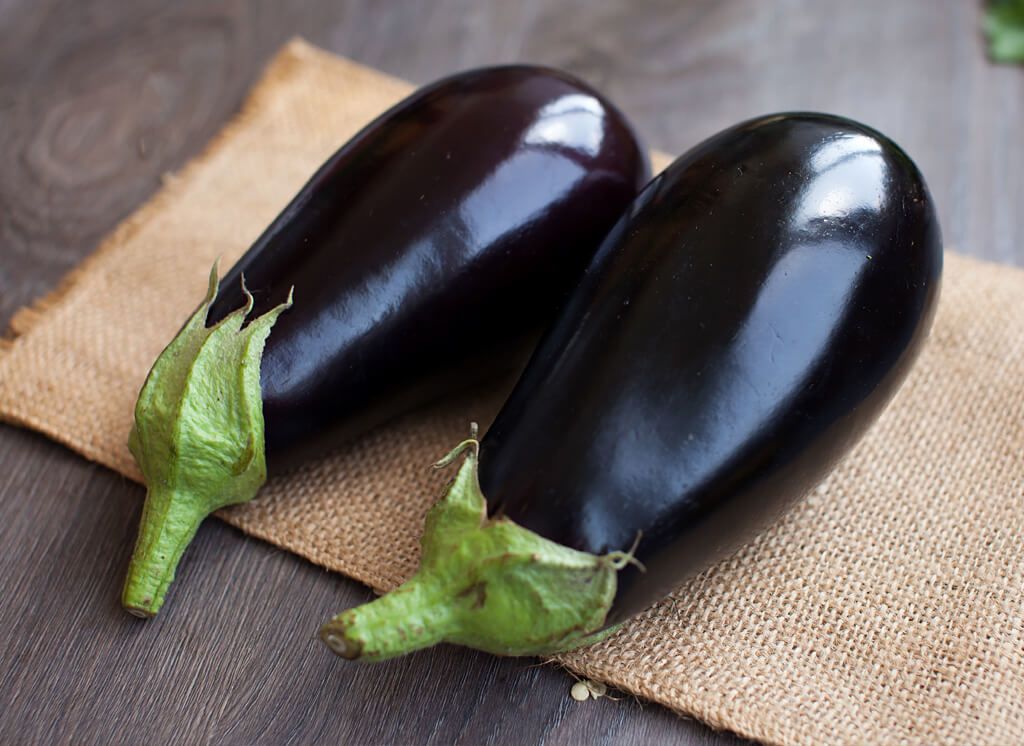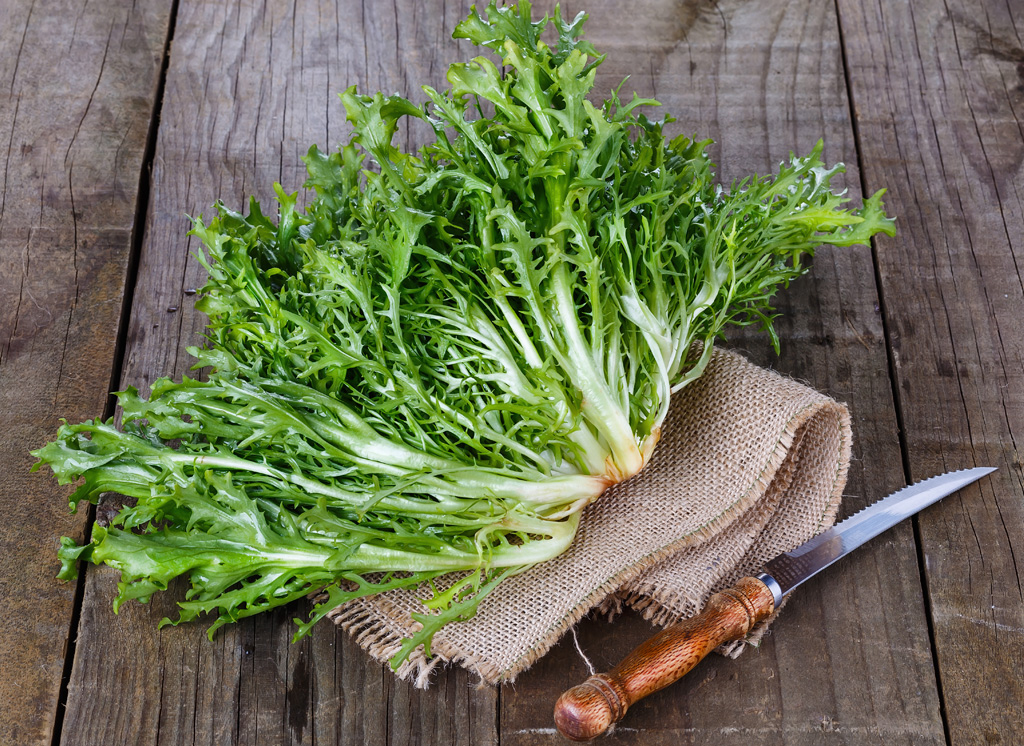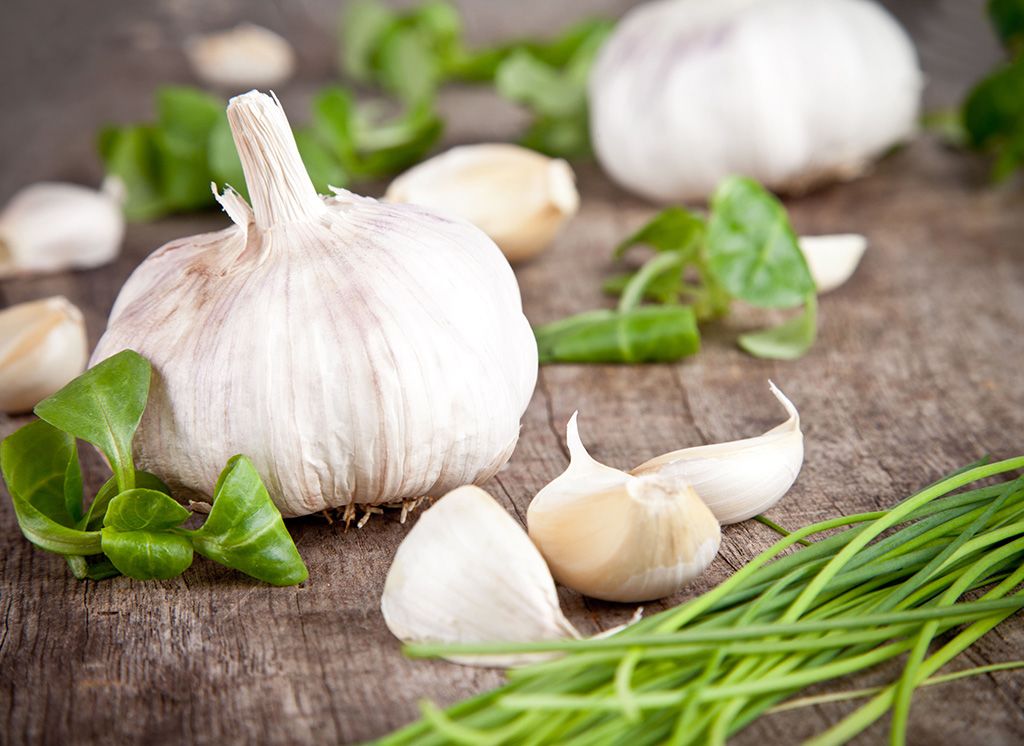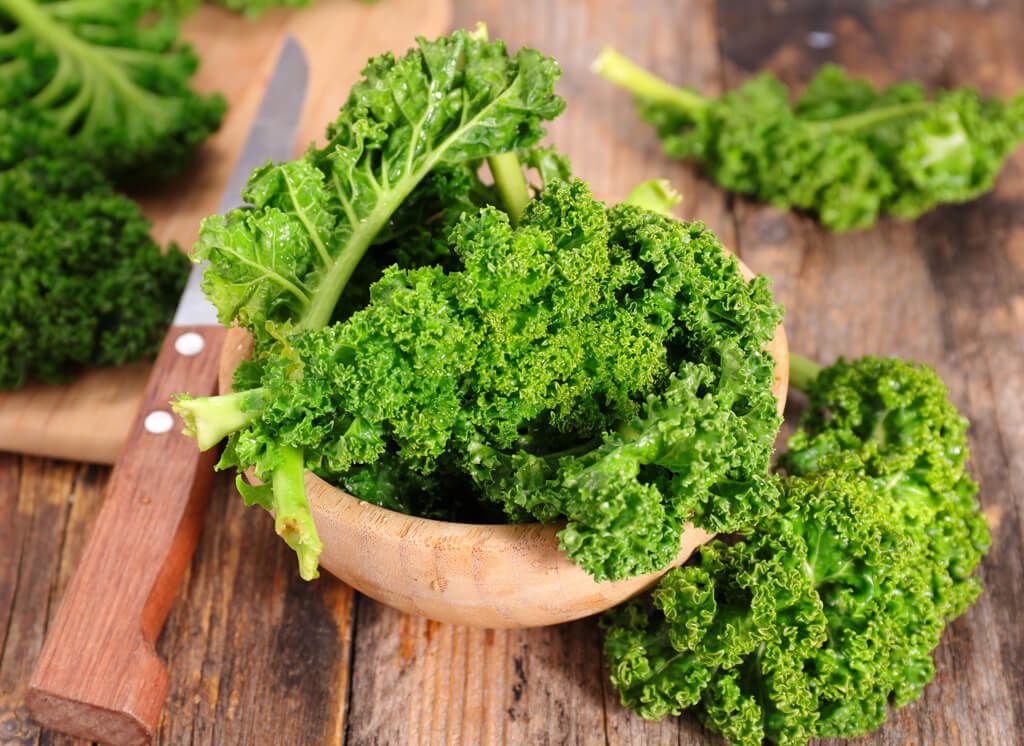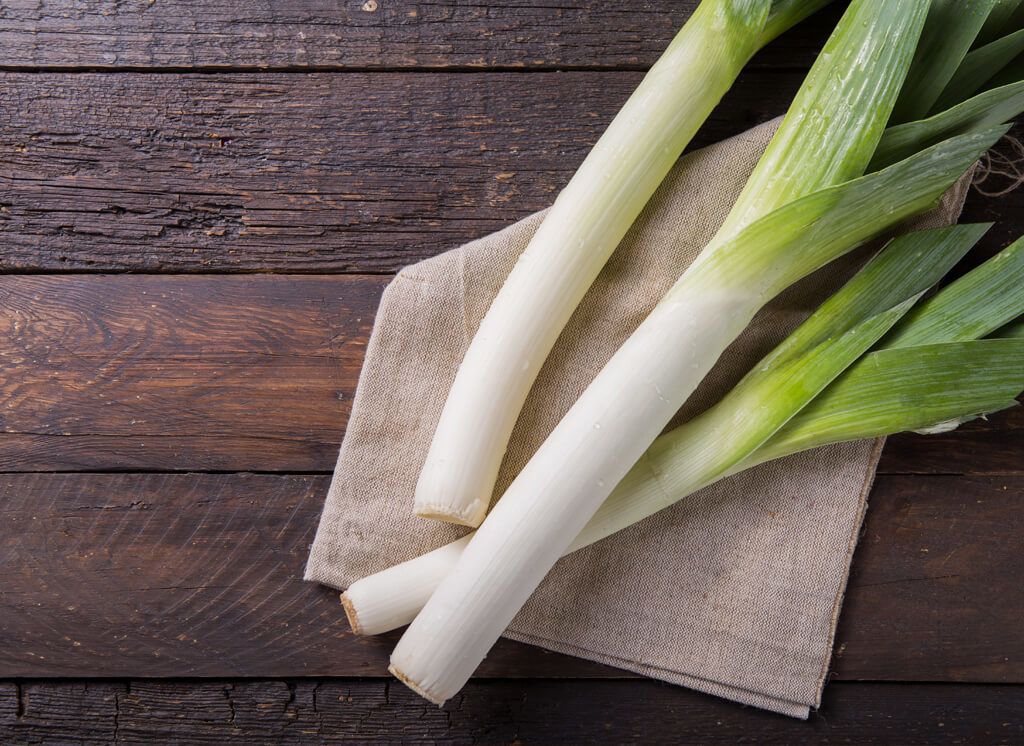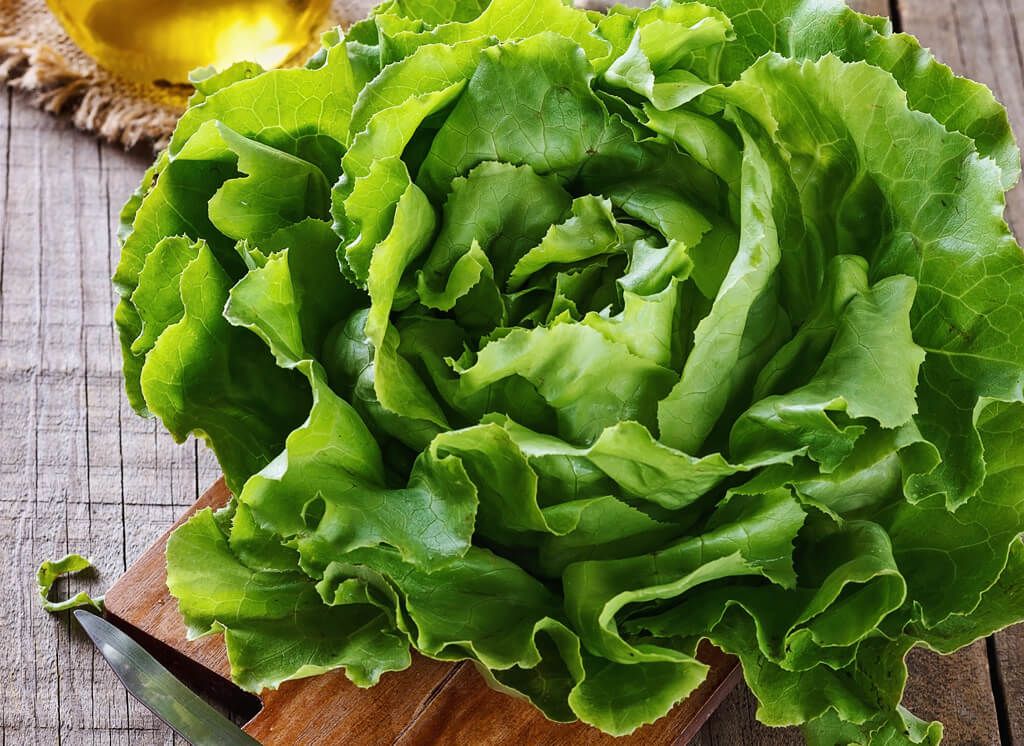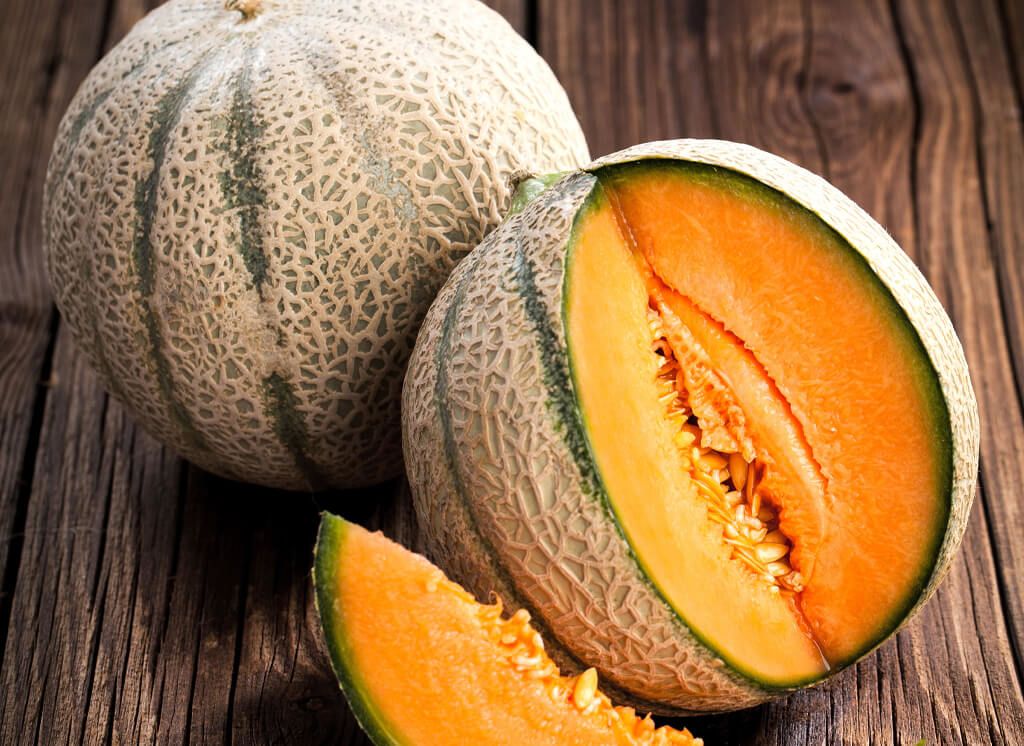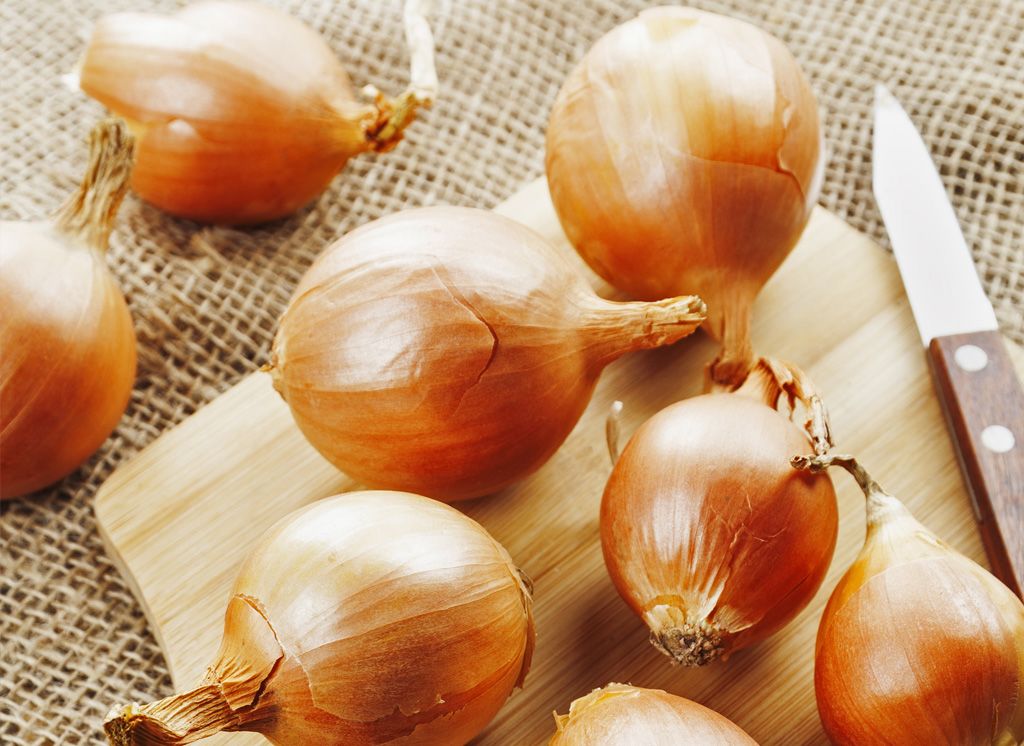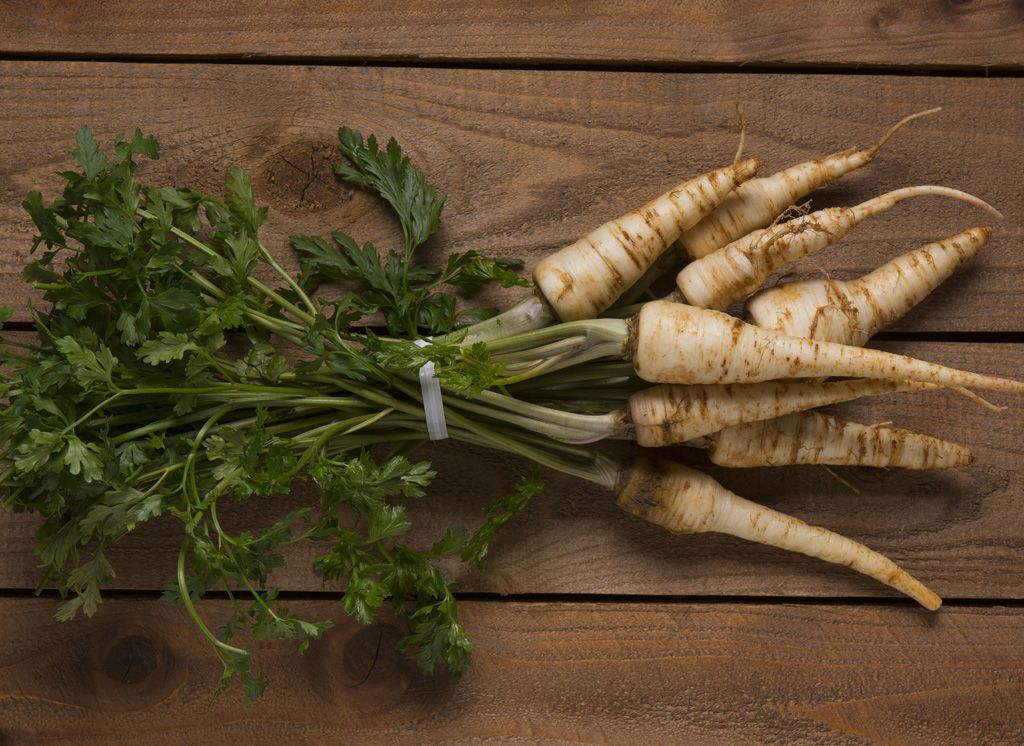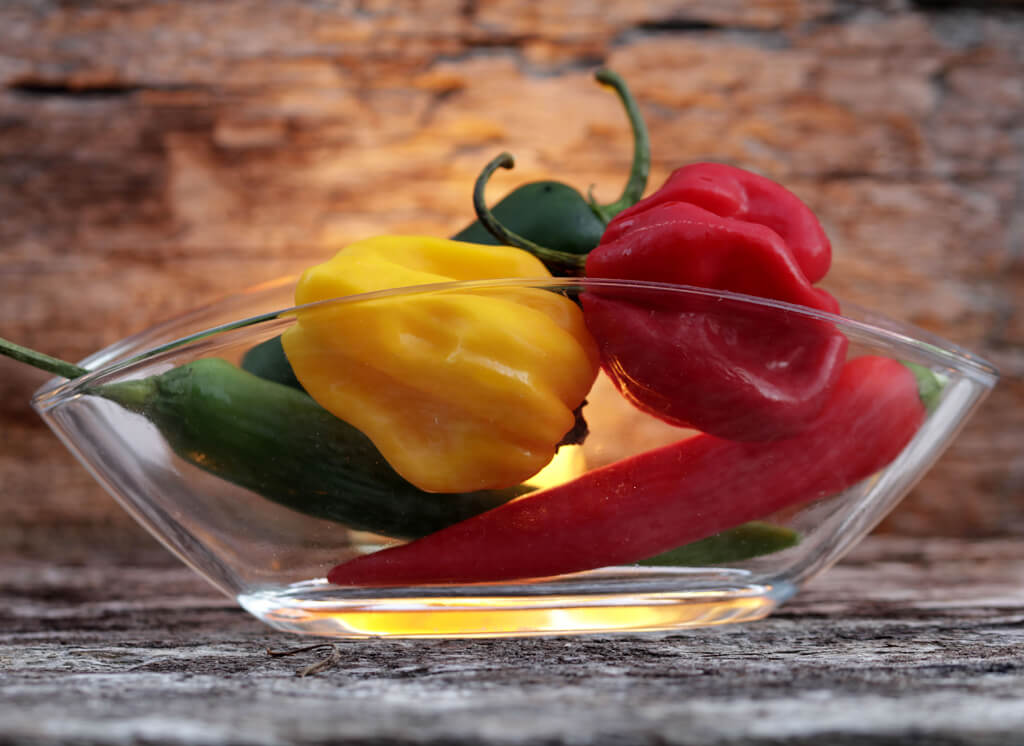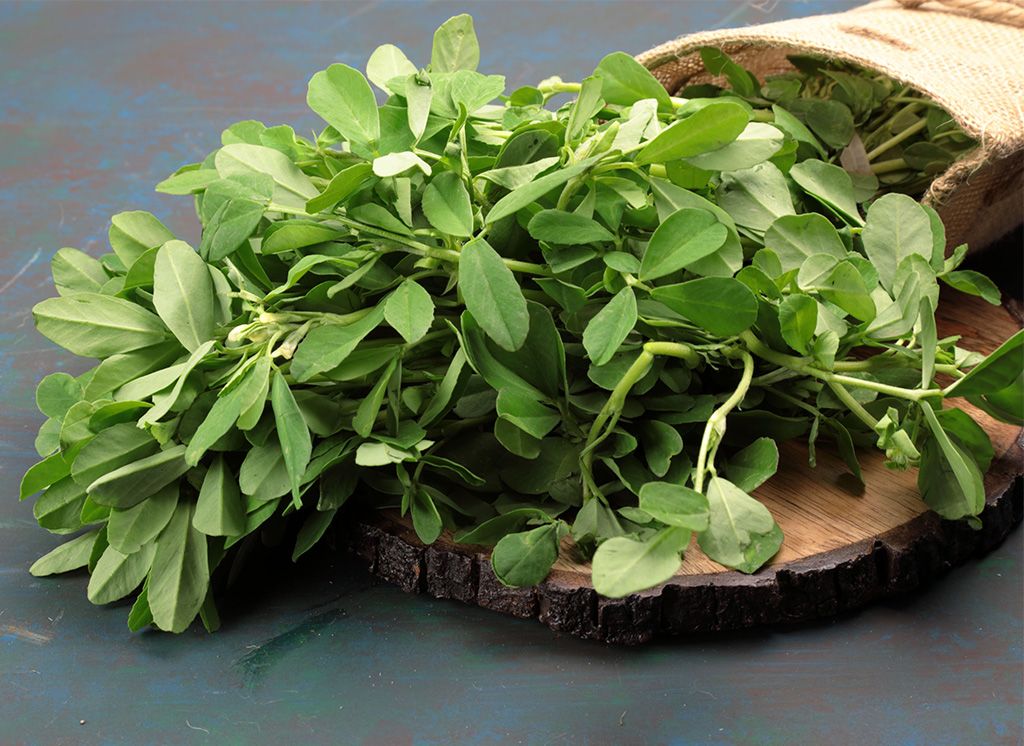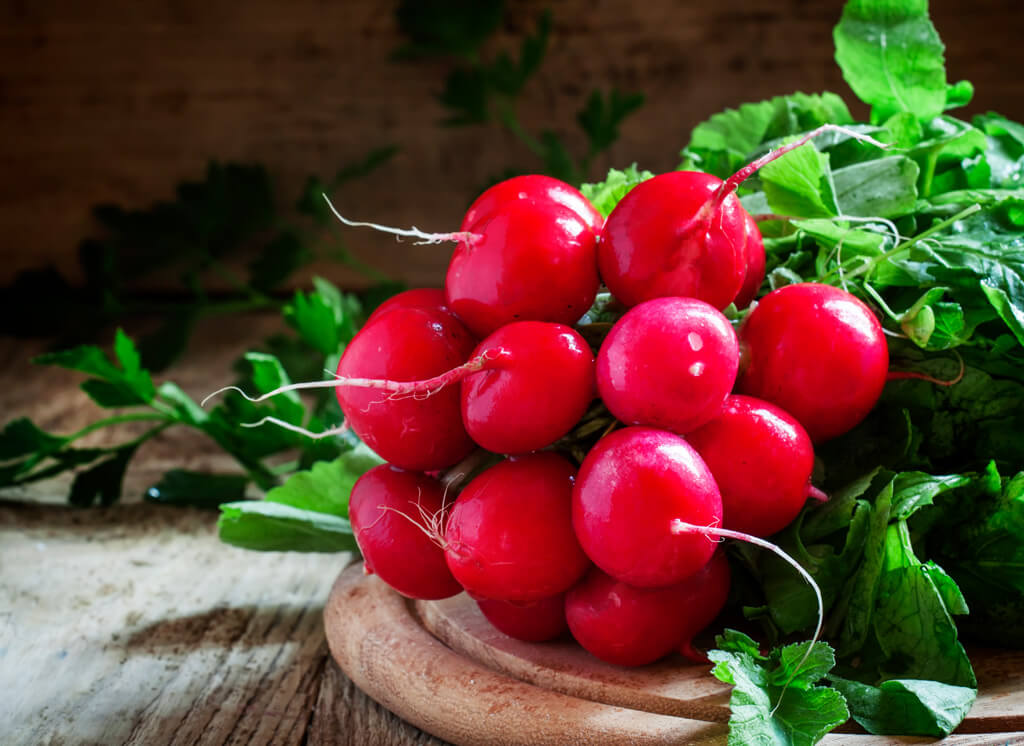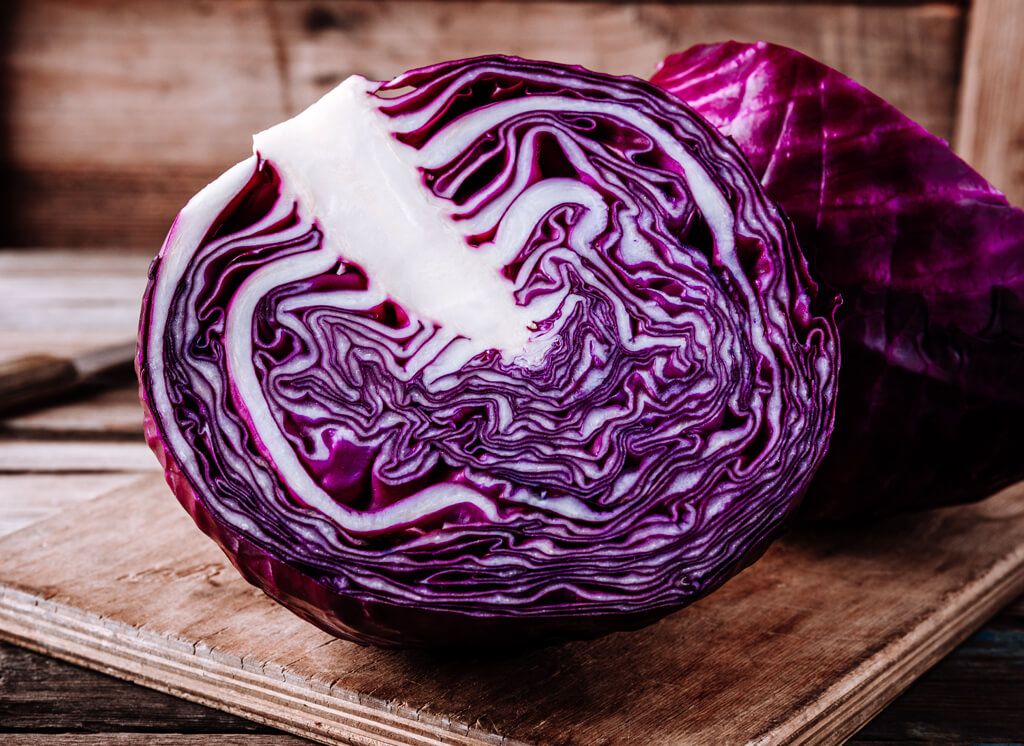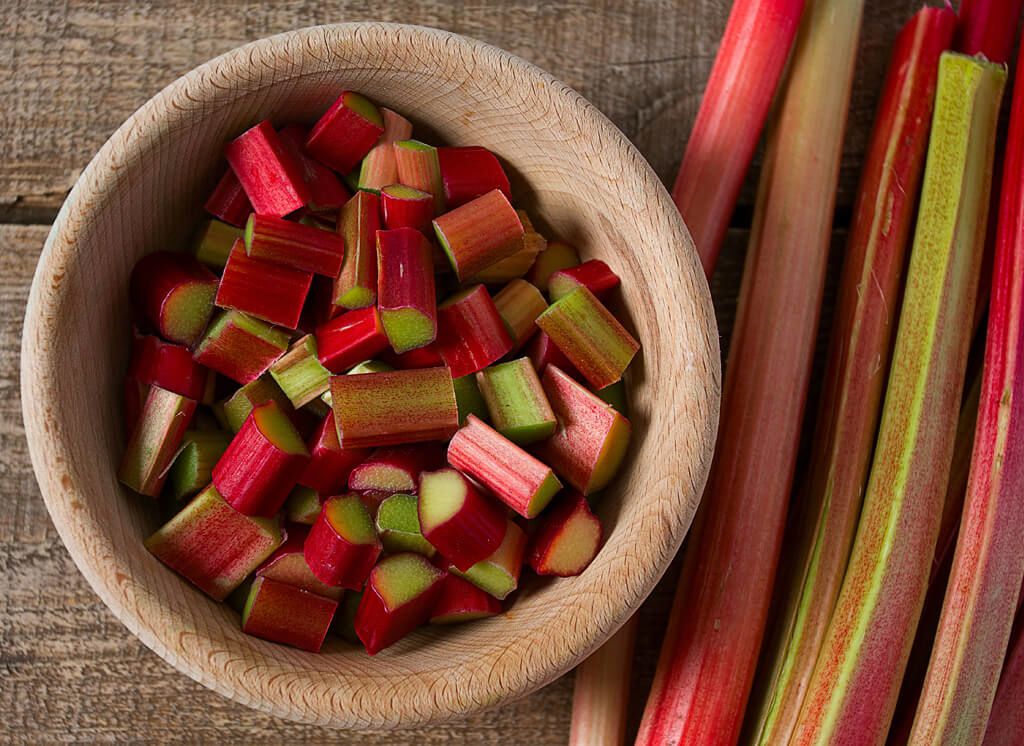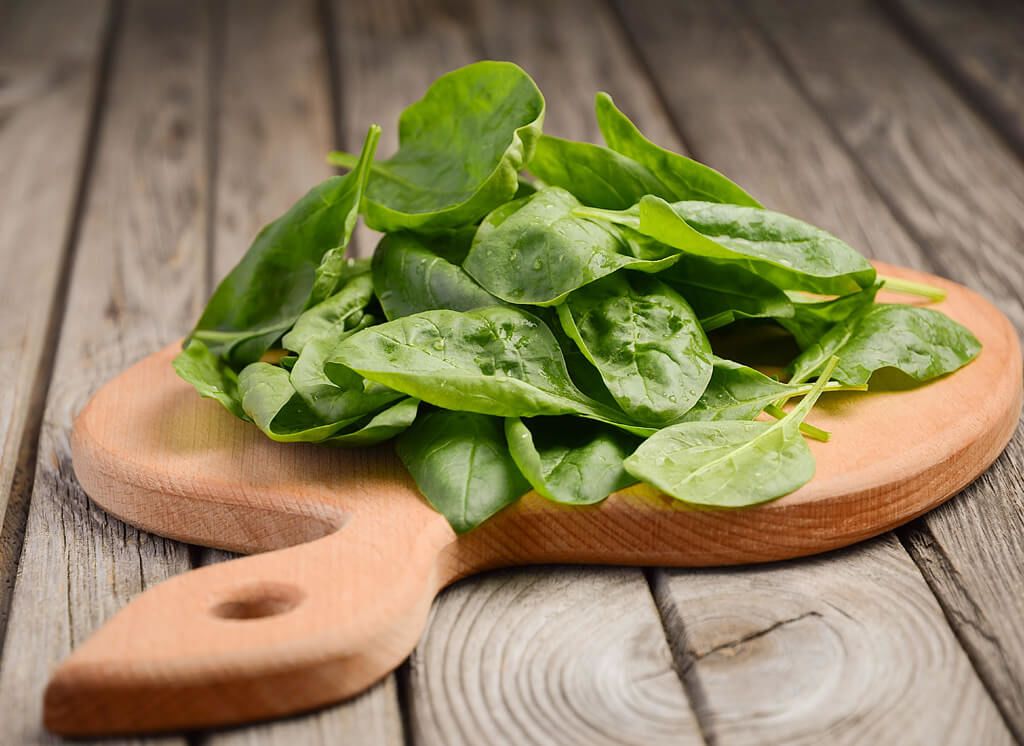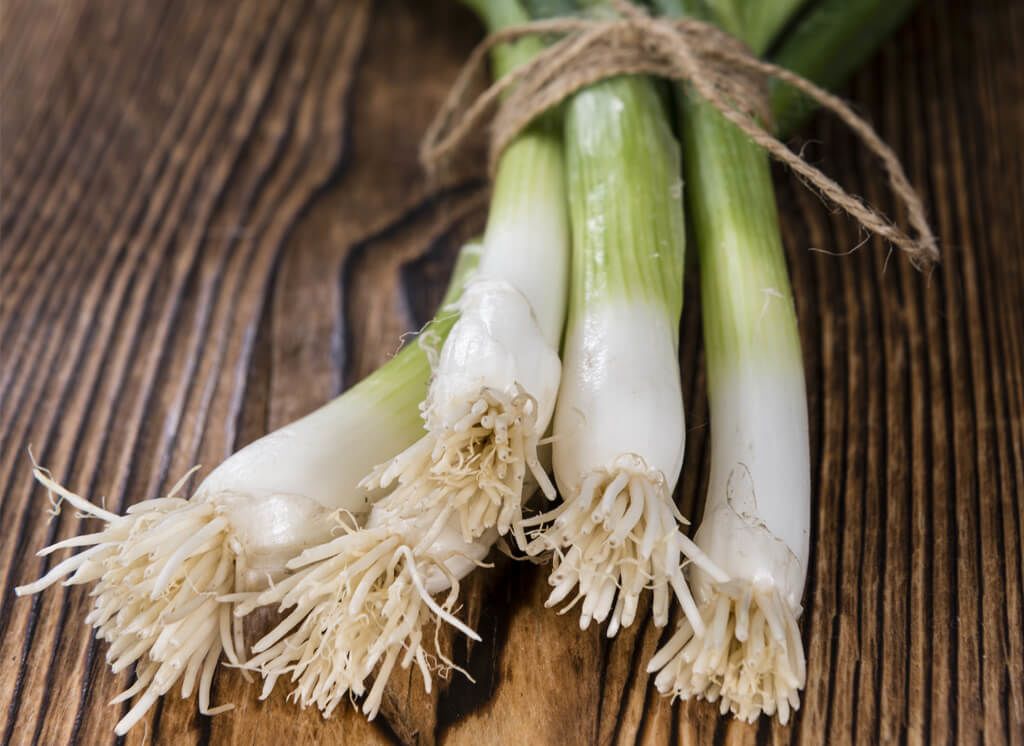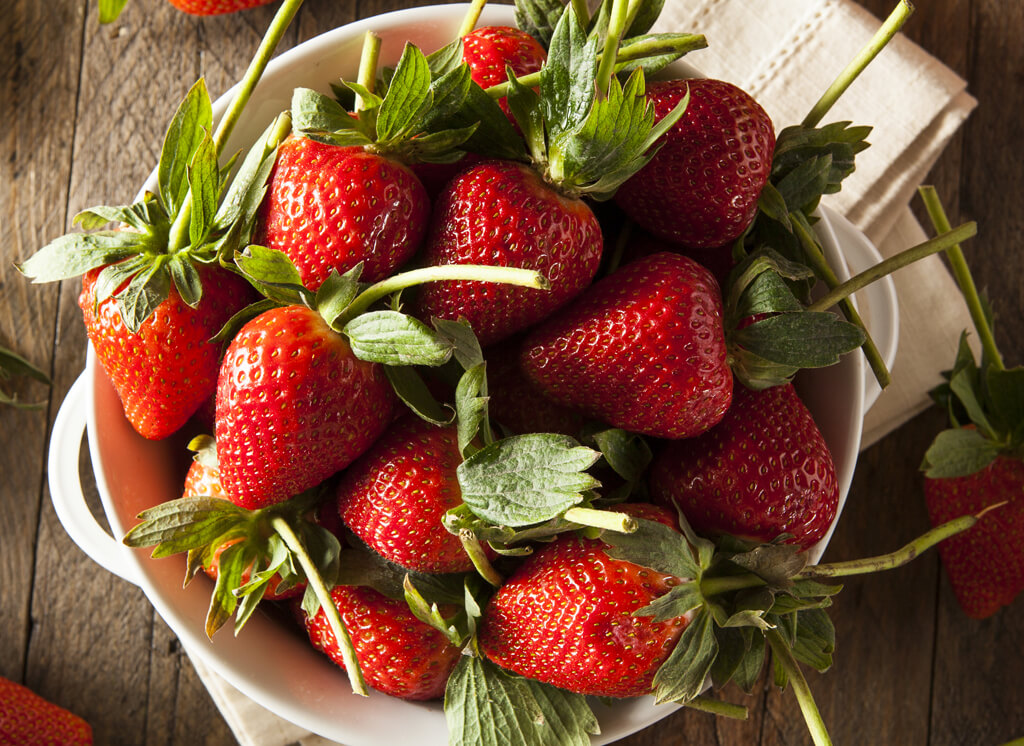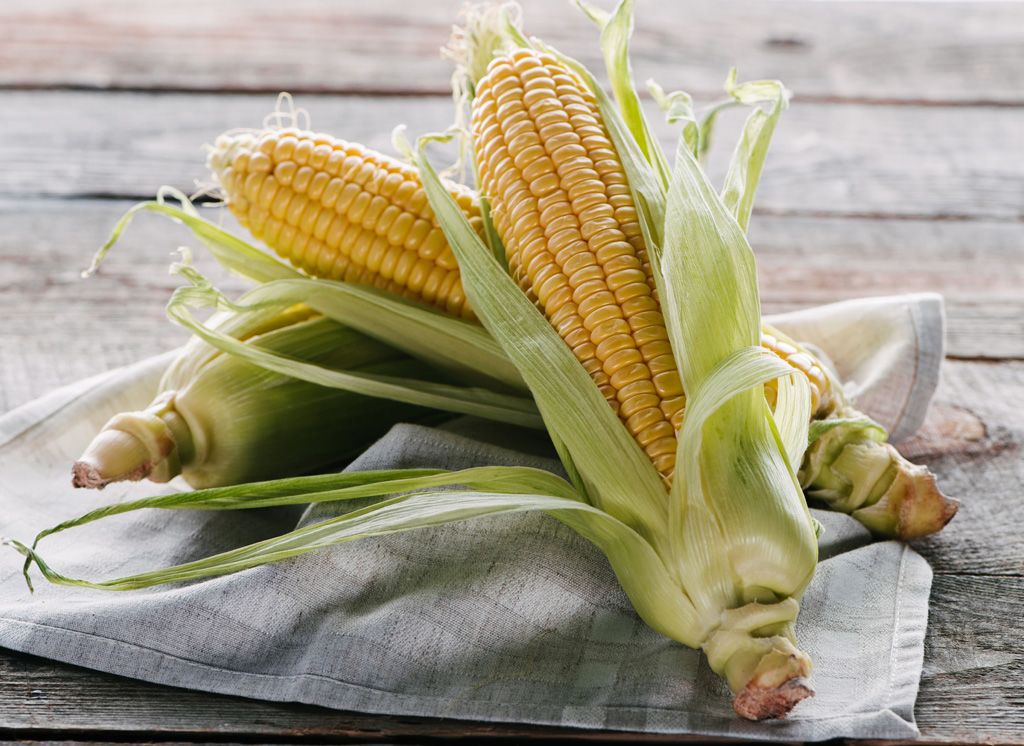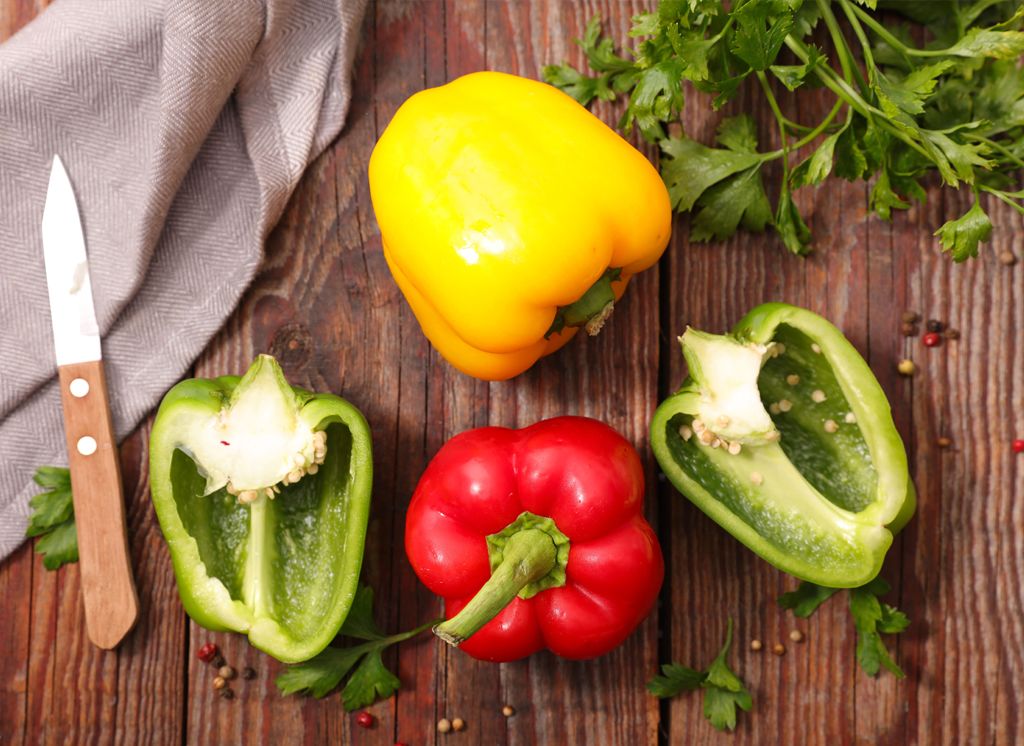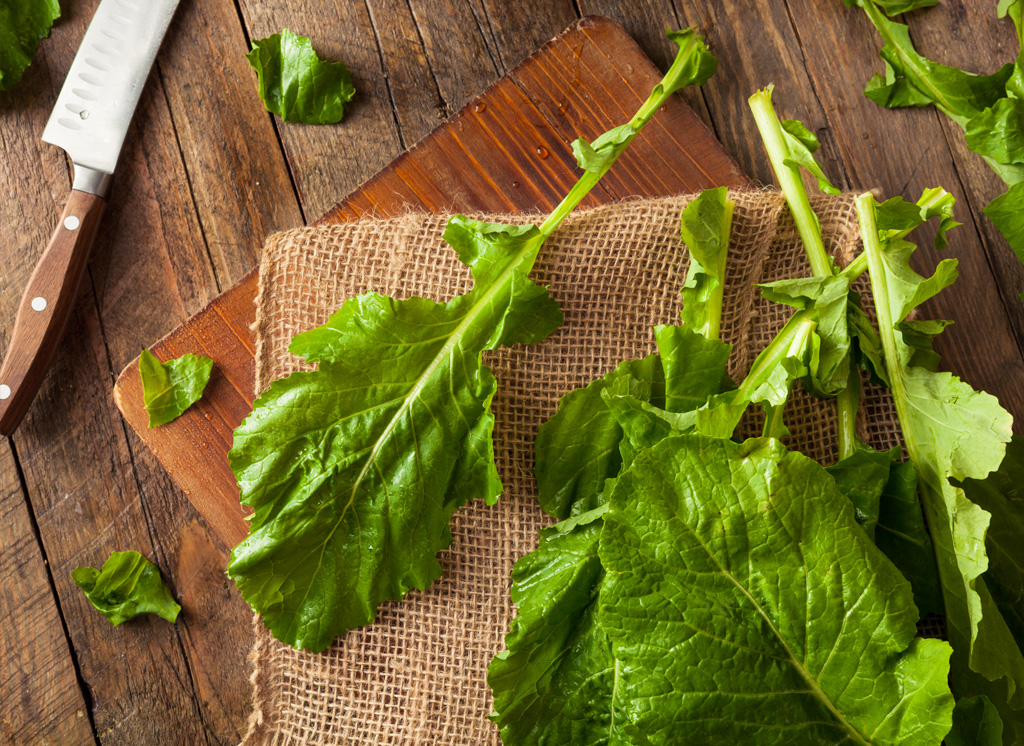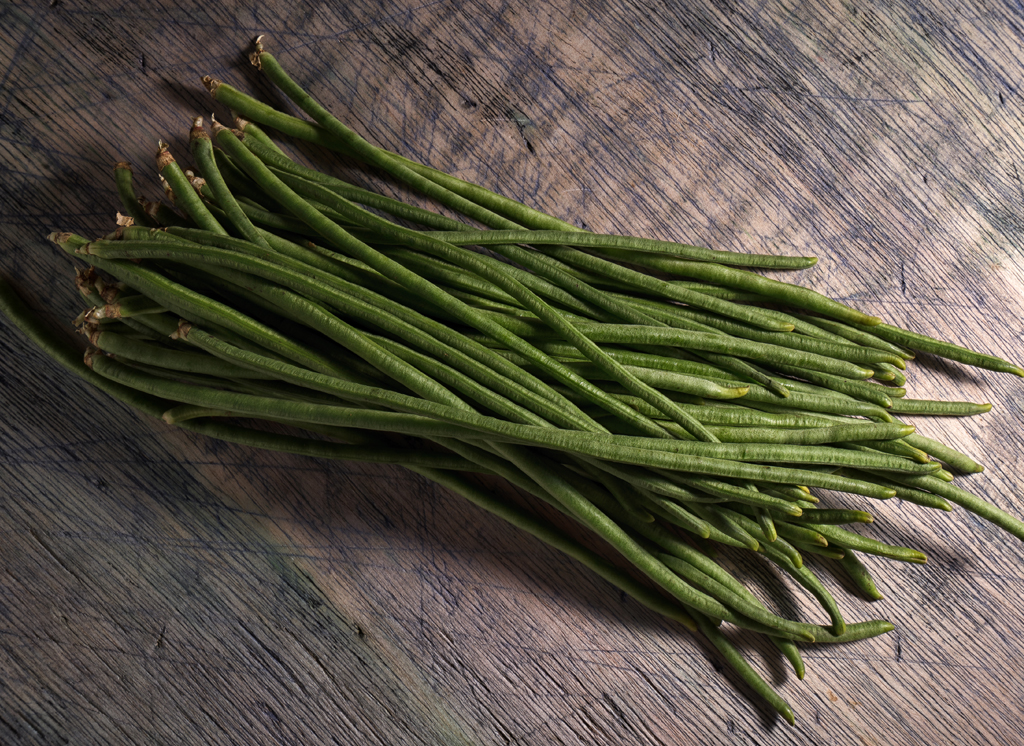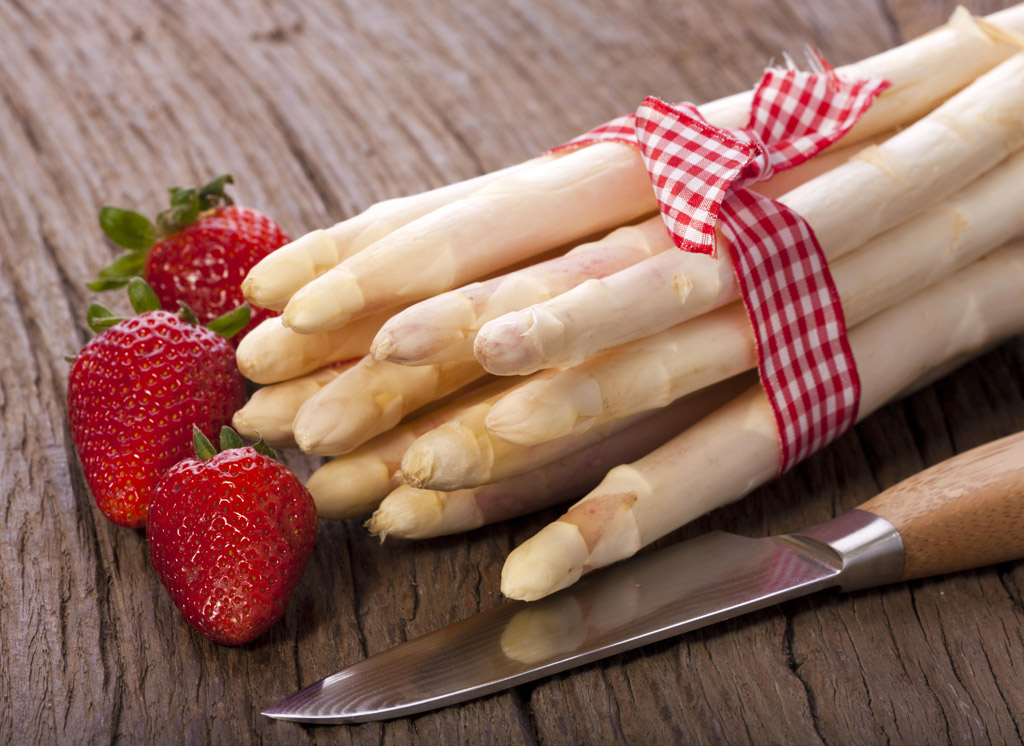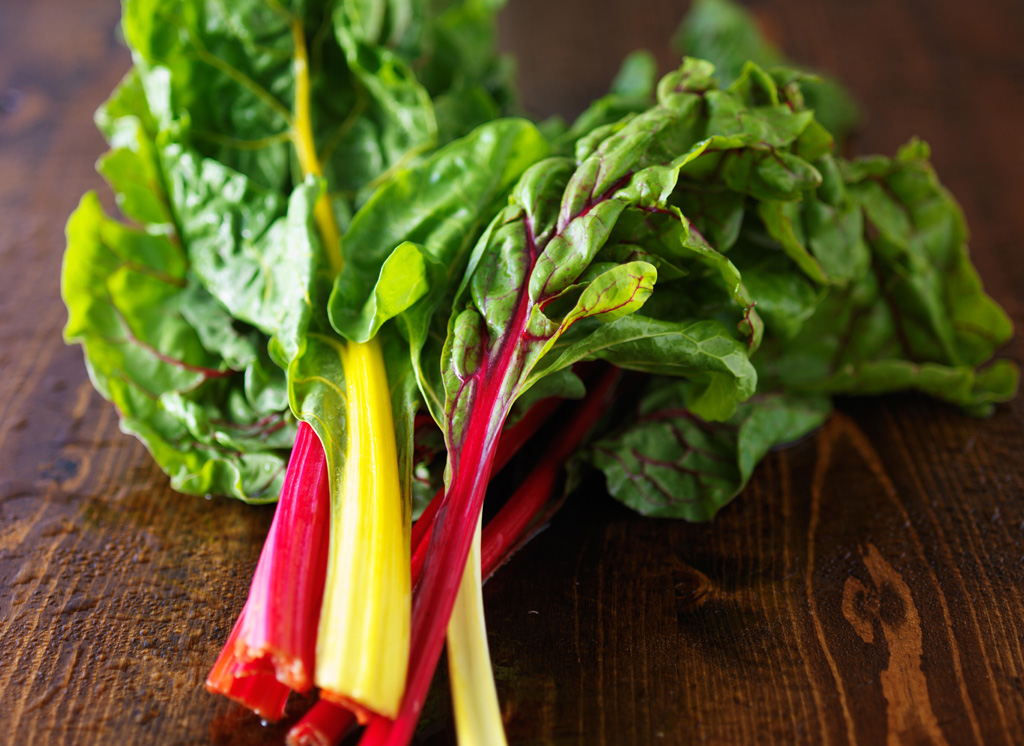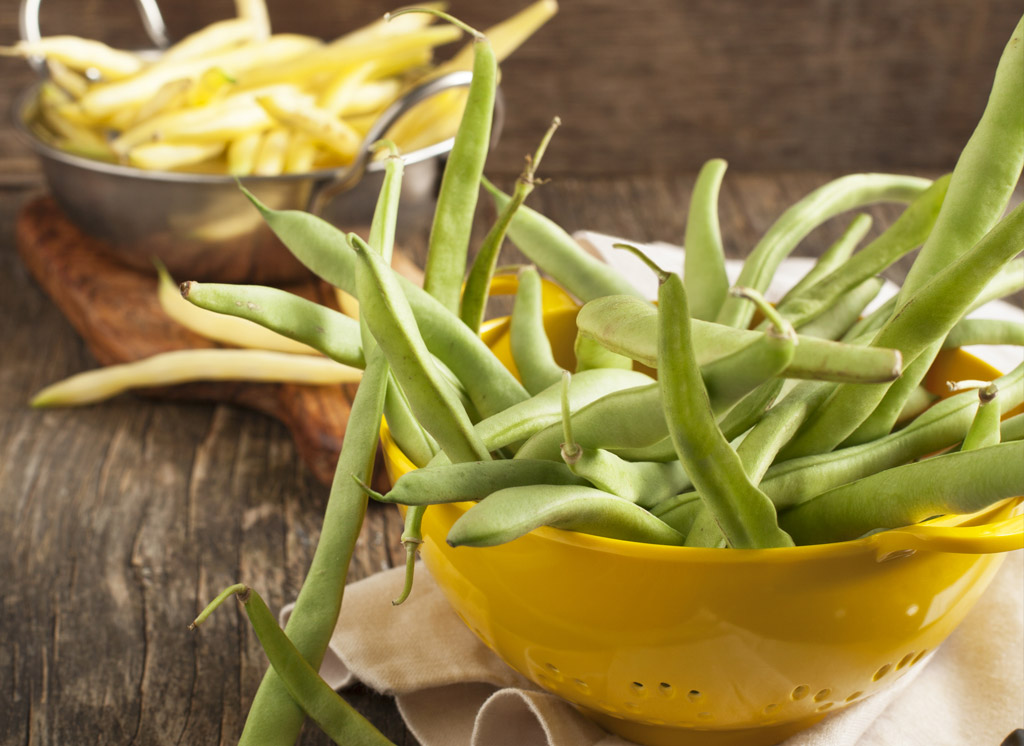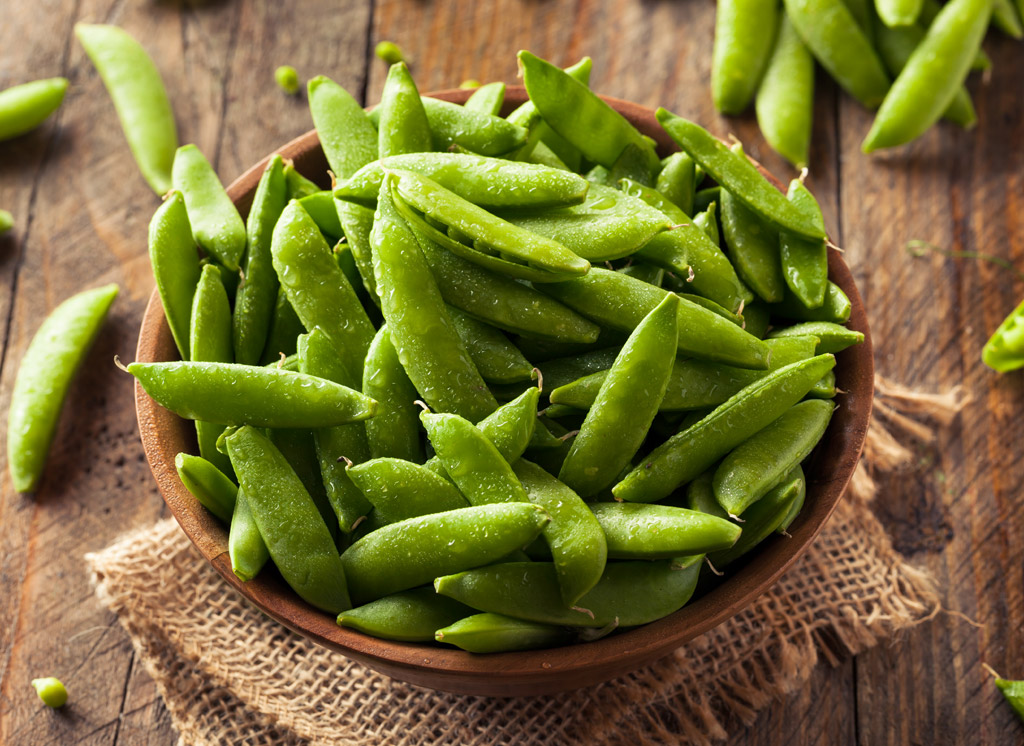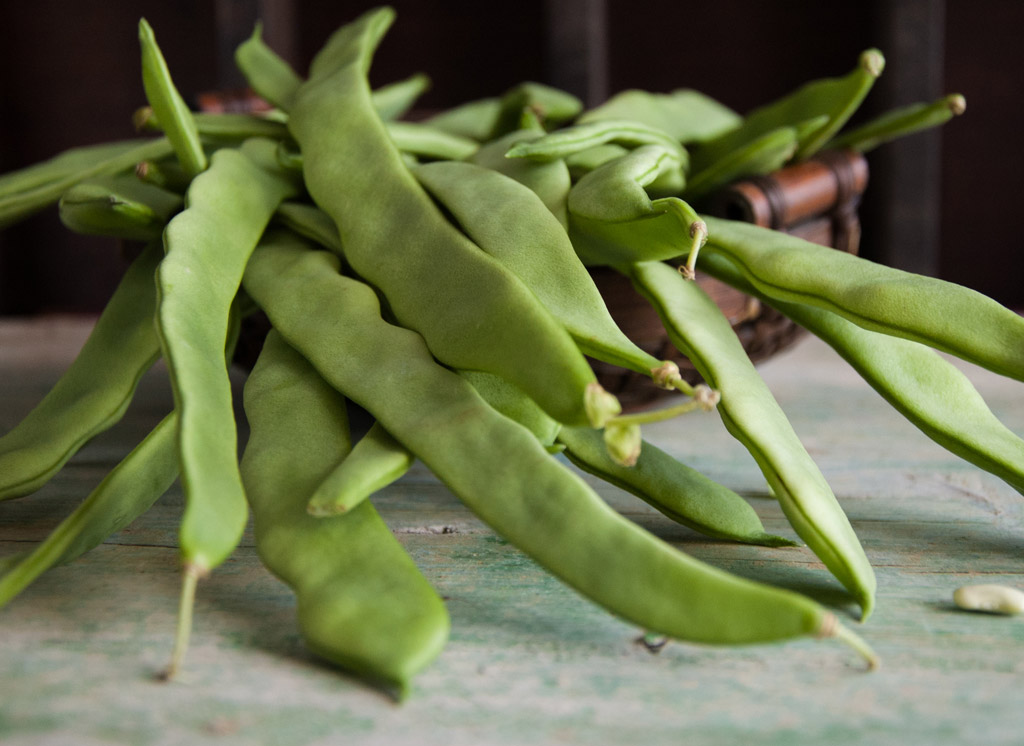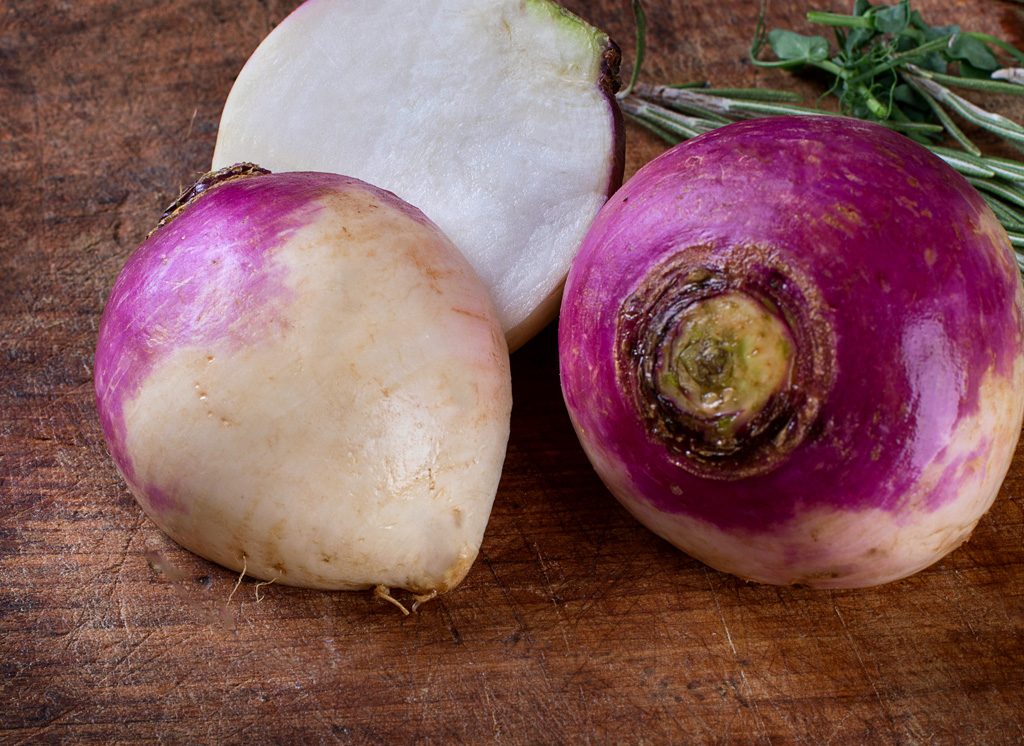How to grow vegetables?
Growing and sowing Artichokes
Artichoke is a plant that is often seen in southern Europe, but artichokes can also be grown in, for example the Netherlands, Belgium or UK. The only downside of growing in a relatively colder climate may be that the flower buds remain slightly smaller.
Growing and Sowing Broad Beans
One of the first vegetables you can sow in the open ground are broad beans. Like peas, they are resistant to frost. Broad beans, also called fava beans, are the seeds that grow in a fairly large, felt-like pod. This pod is not edible. They belong to the legume family. There are varieties that turn brown after cooking and others that remain white or green. Broad beans have a somewhat bitter taste. The white variety is less bitter than the brown one.
Growing and Sowing Celeriac
Celeriac, also known as celery root and turnip-rooted celery, belongs to the Umbelliferae family. Often the bulbs remain a bit smaller when growing your own, but the taste is much more intense. Celeriac requires little care, so if you have some space left in the vegetable garden, it's definitely worth a try. Moreover, harvesting can start in October. So you still have fresh vegetables from your own garden in the fall.
Growing and Sowing Celery
Celery (Apium graveolens Dulce) is a vegetable, belonging to the umbelliferous family. It is an old crop, related to celeriac and leaf celery, is basically biennial and not hardy. Celery has a long fibrous stalk tapering into leaves. There are different types: evergreen, but also self-blanching and red. Celery is often used raw in salads, added to broth, or boiled or stewed along with other vegetables.
Growing and Sowing Chervil
Chervil is an easy-to-grow and belongs to the umbelliferous family, just like parsley and anise, for example. The taste of chervil is also reminiscent of these two. Chervil is also called French parsley. The plant is actually a biennial herb and can grow up to 70 cm tall. But in our climate, it is often grown as an annual. The plant produces beautiful white flowers. Only the leaves are edible.
Growing and Sowing Chicory Red
Radicchio is a vegetable that can only be sown in colder seasons, so early or late in the season. This is to prevent bolting. For those who still want to eat fresh vegetables from the garden in October, growing radicchio is recommended. Radicchio is related to (green) chicory, and also has a bitter taste. Radicchio has a slightly spicier taste than chicory.
Growing and sowing Chinese Cabbage
Chinese cabbage is native to East Asia. It is a fast-growing type of cabbage that does not have the typical cabbage taste, but tastes slightly sweet. The taste is reminiscent of endive or chicory. It is a fairly easy vegetable to grow and can be harvested after about 3 months. Because Chinese cabbage can only be sown from mid-July, it is a great choice to sow it after another crop. This way, the same piece of vegetable garden can be used twice.
Growing and Sowing Cucamelon
Cucamelon (Melothria scabra), also known as mouse melon or Mexican sour cucumber, is a climbing plant native to Central America. The plant produces many small, green fruits that look like watermelon, but the taste is more like that of cucumber with lemon. It is an easy plant to grow, which is why this fruit is increasingly grown in vegetable gardens and allotments.
Growing and Sowing Green Chicory
For those who would like to eat fresh vegetables from the garden even in October, growing green chicory is highly recommended. It is an easy vegetable to grow and requires little care. Green chicory is related to normal white chicory and endive and tastes slightly bitter with the texture of endive. This vegetable can be eaten both raw, for example in a salad, and cooked.
Growing and Sowing Ground Cherry
Ground Cherry, also called husk cherry, husk tomato, strawberry tomato or golden berry, is a lovely fruit for the vegetable garden. The plants form husks, which look like a paper lantern. They change colour from green to dark yellow/orange to brown.
At first there will appear green berries in the husks, which turn orange as they ripen. When the husks fall off the bush, the berries are ripe. The taste is sweet/sour, somewhat similar to pineapple. This fruit is also often used as a garnish. In the vegetable garden it is a great eye-catcher.
Growing and Sowing Kohlrabi
Kohlrabi belongs to the cabbage family. There are green, white or purple varieties. Young kohlrabi can be eaten raw, but cooked kohlrabi is also very tasty. If kohlrabi is harvested too late or there has been a long period of drought, there is a danger that it will lignify. Kohlrabi can be grown and harvested almost all year round and is healthy. Both the bulb and the leaves are edible.
Growing and Sowing of Pointed Cabbage
Pointed cabbage, like white, red and savoy cabbage, belongs to the head cabbages. It is the easiest to grow variant of the head cabbages. In addition, it is the softest in terms of both taste and texture and easiest to digest. It owes its name to its pointed shape. This type of cabbage grows quite quickly, but cannot be stored as long as the other head cabbages. By spreading the sowing over several weeks, harvesting can be done over a longer period of time.
Growing and Sowing Pak Choi
Pak choi, also known as bok choy or horse’s ear, is native to Asia. It is a fast-growing leafy vegetable and is member of the cabbage family. This vegetable is very easy to grow. They form loose heads with stems and leaves, both of which are edible. Pak choi has a mild flavour and can be prepared in many different ways. It is a very healthy vegetable.
Growing and Sowing Pumpkins and Gourds
Gourds, squash and pumpkins are, like cucumber and zucchini, all part of the same botanical family, Cucurbitaceae. Pumpkins and squash are edible, think of grilled pumpkin or pumpkin soup. Gourds are grown for their ornamental value. They are often used as autumn decorations. It is important to know that the pumpkin is usually edible and gourd is usually not edible and can sometimes even be poisonous. Whether they are edible is easy to recognize. An inedible pumpkin or gourd has a very hard skin, little flesh and tastes bitter. So, if you're not sure, taste a small piece first.
Growing and Sowing Rocket
Growing rocket is actually very easy and can be done almost all year round. From March to October. From October onwards, you can still grow it perfectly in the greenhouse. Delicious fresh home-made rocket!Growing and Sowing Savoy Cabbage
Savoy cabbage is one of the oldest cabbages in the world and, like pointed cabbage, red and white cabbage, a head cabbage. The cabbage is round to pointed, is somewhat looser with slightly frizzy leaves. It is originally from the Savoye in France and owes its name to this. There are both yellow and green varieties, the yellow is not grown much in our country anymore. The green variety is hardy, so the cabbage can be eaten fresh from your own garden almost all year round.
Growing and Sowing Scorzonera
Scorzenera hispanica, also known as black salsify, winter asparagus and asparagus of the poor man, are long, dark roots. The vegetable is very difficult to clean. It is a hardy vegetable and can be harvested all winter from September onwards. It is important that the soil is not frozen, because then they cannot be removed from the ground. The taste of salsify is somewhat bitter, spicy and nutty and is reminiscent of that of asparagus.
Growing and Sowing Tomatoes
Botanically, tomatoes belong to fruits, but they are often found in the vegetable section. Tomatoes can be grown in several ways; in a greenhouse, outdoors or in pots. There are many varieties, such as cherry, flesh, plum and vine tomatoes. Some are especially suitable for growing outdoors or in pots. There are also many different shapes and colours. Of course, the ‘normal’ red tomatoes, but there are also, for instance, yellow, black, green and striped varieties.
Growing and Sowing Turnip
Garden turnips have many different names and are also called, for example, garden turnip, autumn turnip, and neep. They are often harvested at the end of spring or autumn, depending on the variety.
In addition, there is also swede or rutabaga. Despite the fact that it is also a turnip variety, this is a completely different vegetable and is harvested in winter. Garden turnips form tubers under the ground and have a somewhat radish-like taste. Like the swede, they belong to the forgotten vegetables.
Growing and Sowing White Cabbage
White cabbage, like pointed cabbage, red cabbage and savoy cabbage, is a head cabbage and takes a very long time to form. Like other headed cabbages, except pointed cabbage, it is not easy to grow. White cabbage has a mild cabbage flavour and can be used in many dishes. It can be stored for a long time after harvest, in a cool, dry place. White cabbage is also often used to make ‘Sauerkraut‘.
Growing and Sowing White Chicory
Growing white chicory from seeds is done in 2 parts. The first is intended to grow roots and the second to grow the final white chicory. Growing white chicory yourself is not really difficult, but it does take a relatively long time. If it succeeds, it is more than worth it. The taste is often better than bought in the store. Who wouldn't want to eat home-grown white chicory? With our manual it should be doable.
Growing and Sowing winter Radish
Winter radish is a root vegetable and belongs to the cruciferous family. It is very similar in taste to radish. The flesh is very bright white, the skin is often black, but there are also varieties where the skin is purple, yellow, pink or brown-black in colour. Most varieties form a round bulb; there are also elongated varieties. The smaller the radish, the sharper the flavour. For those who also want to eat fresh from their own garden in autumn and winter, winter radish are highly recommended. The harvest is from September to early December. Winter radish is easy to grow and therefore also suitable for the novice vegetable gardener.
Growing Beetroot
Beets are nowadays available in many different sizes and colours. However, the way of growing remains the same. Beets can be pre-sown from the end of February, but can also be grown later in the season.
Growing Black Palm Kale
Palm cabbage is a vegetable that is also called an 'old vegetable' variety. This is because it is centuries old. The crop originated in the Tuscany region of Italy where it is still commonly eaten. Would you like to grow palm cabbage yourself? Then read on for the tips.
Growing Broccoli
Broccoli is full of vitamins and nutrients and is therefore also called a ‘superfood’. Would you like to grow your own broccoli? We give some advice to help you sow, grow and harvest broccoli.
Growing Brussels Sprouts
Brussels sprouts, are actually a special type of cabbage in which not one head of cabbage forms, but several small heads in the axils of the plant's leaves. Unlike ‘normal’ cabbages, the whole plant is not harvested at once, but only the sprouts that are the right size are removed from the plant. It allows the other sprouts to grow on. It is a popular autumn and winter vegetable. Early and late varieties are available.
Growing Carrots
Freshly harvested carrots taste delicious and full of vitamins - much better than any other kind of carrot you have ever had. You don't need a home garden or large backyard to grow carrots. Anyone can grow this easy vegetable in a large or small garden.
Growing Cauliflower
Growing cauliflowers by yourself is not for every gardener. Growing cauliflowers does require some attention. Nevertheless, it is worthwhile to grow this delicious vegetable. Cauliflower is a vegetable that is often seen on the menu.
Growing Courgette
The summer squash is a member of the cucumber family and is rich in iron and vitamin C. Although squash does not have a strong flavour on its own, it is a great addition to a curry or pasta and is also healthy!
Growing Cress
Probably everybody knows it, (garden) cress. It can often be bought fresh in the supermarket. Tiny, green plants that are usually used as a garnish. But these plants can also very easy grown by yourself. It is an annual plant that germinates and grows very quickly. It can be grown both in the garden and indoors. In addition, they are also suitable for growing as sprouts, for example in special jars and pots. Cress has a spicy taste that is somewhat similar to mustard.
Growing Cucumber
We cultivat cucumber a lot in our vegetable garden. When growing cucumbers, there are certain things you should pay attention to. Growing cucumbers is not easy, but the result will be worth it. Compare the own cultivated cucumbers with those from the supermarket and you will immediately see and taste the difference.
Growing Eggplants
You can start growing aubergines early on. It takes on average about 3 weeks before the first seedlings see the light of day. Start sowing from the end of January at a constant temperature of about 20-23 degrees. What you have to do to grow aubergines in the right way, click on the green bar.
Growing Endive
Endive is a somewhat bitter-leafed vegetable and is related to chicory. There are two types of endive. The first is a variety with ‘normal’ leaves and a large head, also called Escarole, or broad-leaved endive. The second variety has curly leaves, also called frisée. Endive can be eaten both raw and cooked. The varieties with the curly leaves are often used in salads, because, besides being tasty, it is also decorative. Endive is very healthy. Home-grown endive is tastier than supermarket endive.
Growing Garlic
How do you grow garlic? That is the question we are going to answer. Not only that question but also questions like where and when do you plant garlic? Is garlic healthy? We will answer these questions.
Read on!
Growing Kale
Growing kale is actually not that difficult. The kale has few demands on both soil and during the growth. You can sow the kale seeds around the end of May for a delicious harvest around the end of the year. Want to know more? Click on the link below.
Growing Leek
Leek is a vegetable species that has been around for more than 4000 years and was one of the first vegetables to be described in cookbooks. Growing leeks is fun and the result after waiting 90 to 150 days is definitely worth it. Click on the bar for more tips.
Growing Lettuce
Lettuce is super healthy and tasty. Lettuce is also very easy to grow. Read more about growing, sowing and harvesting lettuce indoors or in the kitchen garden.
Growing Melon
You may have never considered growing melons before, thinking they’re too ‘tropical’ for your climate. Although they do need warm growing conditions, they are fairly easy to grow. Melons are one of those crops most people would love to have a go at growing, even if it’s just to be able to tell everyone else they’ve grown one!
Growing Onions
You can grow onions in different ways. The fastest method is of course using onion bulbs. They can be eaten in the same year. But it is also very nice to start the sowing process from the beginning and grow onions from seeds. For more information, read on.Growing Parsnip
Parsnip is actually a vegetable that they nowadays classify as an 'old vegetable'. It is actually the predecessor of the Jerusalem artichoke and the potato. The nice thing about parsnips is that they are relatively easy to grow and can stay in the ground for a long time. Want to know more about growing parsnips?
Growing Pepper
Growing your own peppers is actually quite fun and not that difficult. Pepper seeds are actually one of the first vegetables you can sow indoors. If you do not like pepper, the plants are also beautiful. For tips on how to grow them, read on!
Growing Purslane
Growing purslane is actually very easy. It is only important that you press the seeds on top of the soil very minimally and then water them with a plant spray. The reason for this is that otherwise the seeds already disappear into the 'depths' and do not emerge. More tips on growing purslane yourself?Growing Radish
Radish is a very easy, fast and therefore a ideal vegetable to grow. The radish is also known as one of the best vegetables to grow for the novice gardener. Do you want to know more about sowing, growing and harvesting radishes?
Growing Red Cabbage
Red cabbage is a real Dutch vegetable. This red cabbage is mainly grown (professionally) in North Holland. Its origins, is in Italy, where the Romans loved red cabbage. The cabbage is grown both professionally and by passionate gardeners. You can find red cabbage in almost every vegetable garden.
Growing Rhubarb
Rhubarb is a vegetable that you can actually have a lot of fun with. By following a few simple steps, you can grow a small rhubarb seed into beautiful plants of almost 1 meter wide.
Growing Spinach
Spinach is easy to grow and contains an enormous amount of nutrients. From now on, leave the bags of vegetables in the supermarket and grow your own spinach! Just put the seeds in the ground and nature does the work.
Growing Spring Onion
Spring Onion is one of the types of vegetables that can be grown in autumn or spring. Spring onions are one of the most common in small vegetable gardens. When we talk about spring onions, we are talking about particularly young onions, which should be harvested before the bulb starts to swell. Read on for growing tips.
Growing Strawberries
Growing your own strawberries from seeds is a fun activity. The strawberry seeds are very small. If you start to grow the seeds at home at the end of February, the first seedlings can be put outside at the end of April. The taste of homegrown strawberries is excellent.
Growing Sweet Corn
You often see corn in large fields, which the farmers then use to make food for the cows. You also often see corn in vegetable gardens or allotments. Corn is quite a large plants that grow to a height of 1.50 to 2.00 metres. It is a delicious vegetable for salads or on the BBQ.
Growing Sweet Pepper
Growing delicious sweet peppers in your own garden, it is not easy but absolutely possible. Sweet peppers love warmth. It is therefore very important to keep them nice and warm during their growth. Peppers come in different colours, varieties and sizes. Continue reading to find out how to grow sweet peppers from seeds.Growing Turnip greens / Foliage cultivation
Turnip greens, also known as turnip tops, are a relatively unknown vegetable and is certainly not available in every greengrocery store. They are the young, long stems and leaves of certain types of cabbage. They have a spicy and slightly pungent taste. Turnip greens are easy to grow, both directly in the garden and in the greenhouse. It is one of the first vegetables that can be sown. Turnip greens can be eaten raw, cooked, stewed or stir-fried. For example, they are very tasty in a stew.
How to grow and sow long yard beans
Yardlong beans, also known as asparagus bean, originates from West Africa and is a climbing crop. The plant needs a lot of heat. The beans can reach a length of one meter in the tropics. In our climate it is a challenge to grow yardlong beans, but it is certainly possible in a greenhouse.Sowing and growing Asparagus
There are different types and colors of asparagus, white, green and purple. But what's the difference? White asparagus grows underground. That is why you grow them in beds raised with sand. Asparagus that grow above the ground turn purple or green under the influence of light. Read on for more information.
Sowing and Growing Chard
Swiss chard is one of the forgotten vegetables. It is a leafy vegetable that is very easy to grow and is also called leaf beet or perpetual spinach. Several times can be harvested from one plant; both the leaves and stems are edible. The stems can have different colours, such as white, red and yellow. Chard can be eaten raw, as well as boiled, braised or stir-fried. Definitely recommended for the novice vegetable gardener.
Sowing and Growing French Beans
French beans, also known as green beans, belong to the legume family. Unlike peas and broad beans, for example, they are eaten whole, i.e. with skin. There are bush beans, grow on bushy plants and grow about 40 cm tall and climbing green bean varieties. These grow about 2 metres tall and need a climbing aid.
French beans grown in your own garden are often crunchier and tastier than those from the grocery store.
Sowing and growing Peas
They are, of course, incredibly delicious and sweet, fresh peas from your own garden. Peas, unlike for example green beans and snow peas, are a type of legume, where not the whole pod but only the seeds are eaten. They are mature legumes that you harvest only when they have grown thick. All pods basically form peas, but there are varieties that are tastier as pods and others that are more suitable for growing peas.
Sowing and growing Runner Beans
Runner beans are long, wide, flat pods and belong to the legume family. Characteristic of this family is the formation of legumes. These legumes are very rich in protein and this family also includes, for example, green beans, broad beans, peas and soybeans. Since string beans, often can be stringy, they are cut into small strips or pieces. This cutting also brings out its flavor better.
Sowing and Growing Swede
Swedes are one of the so-called 'forgotten' vegetables but are increasingly offered again these days. They resemble turnips, but the taste and cultivation methods are different. Swedes are soft, aromatic and taste somewhat sweet. The bigger the swede, the more flavour. It is a real winter vegetable whose young leaves are also edible.

